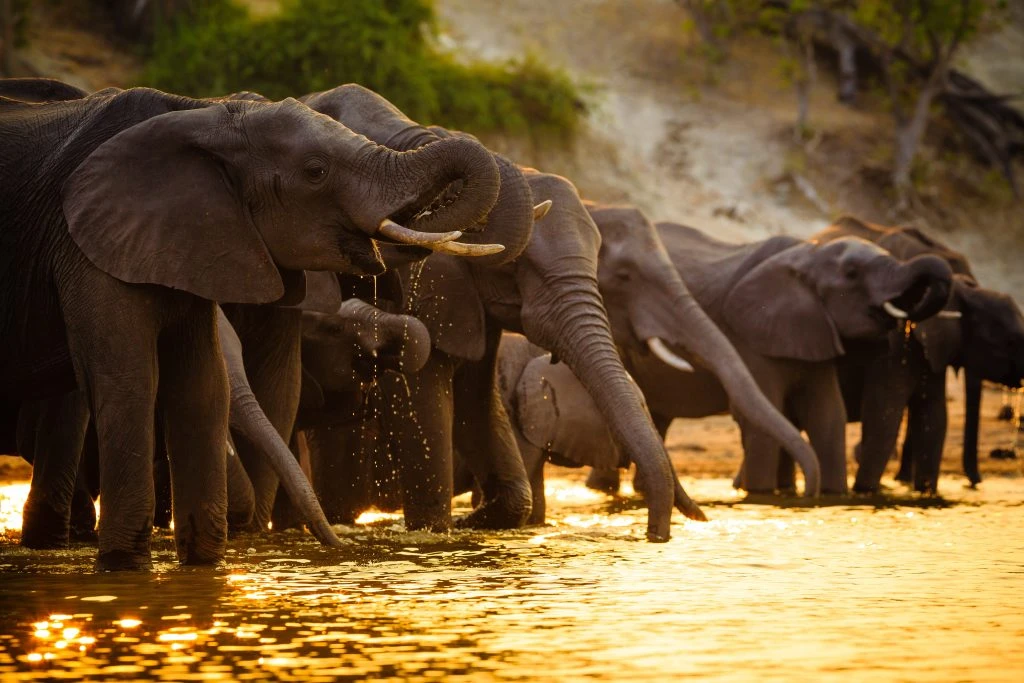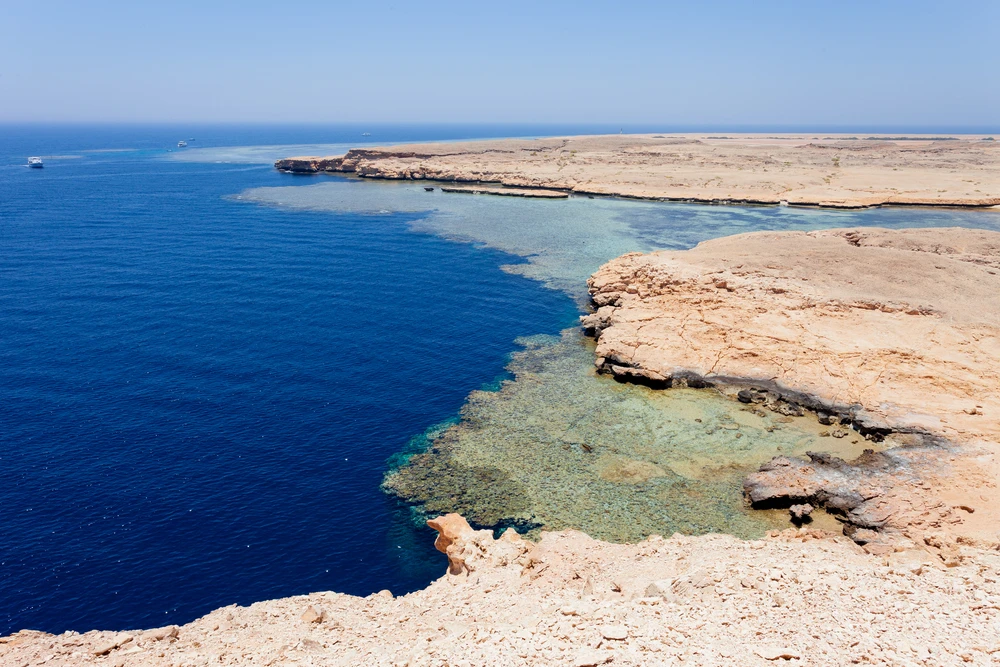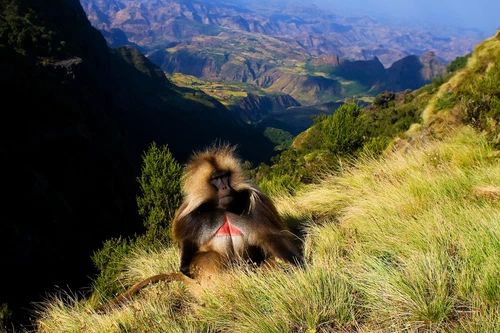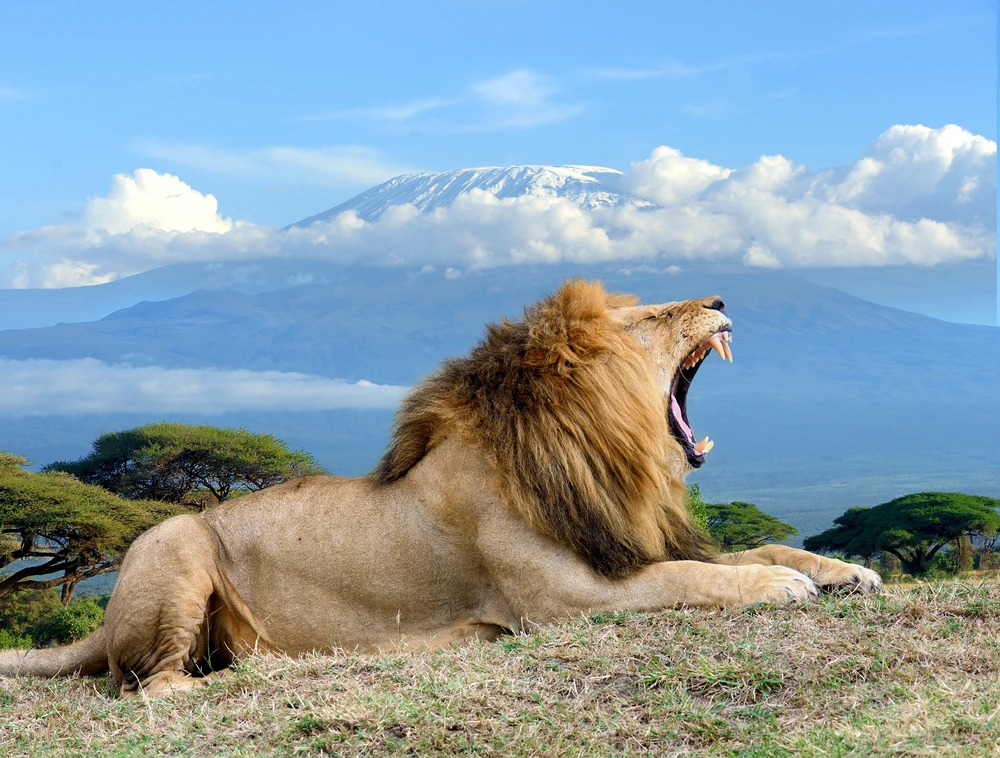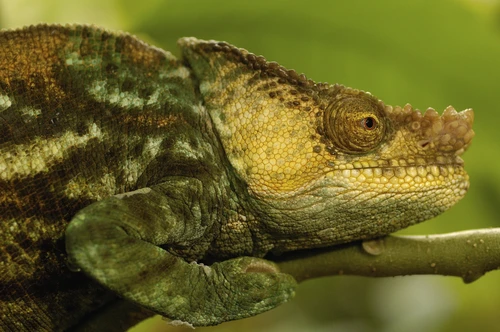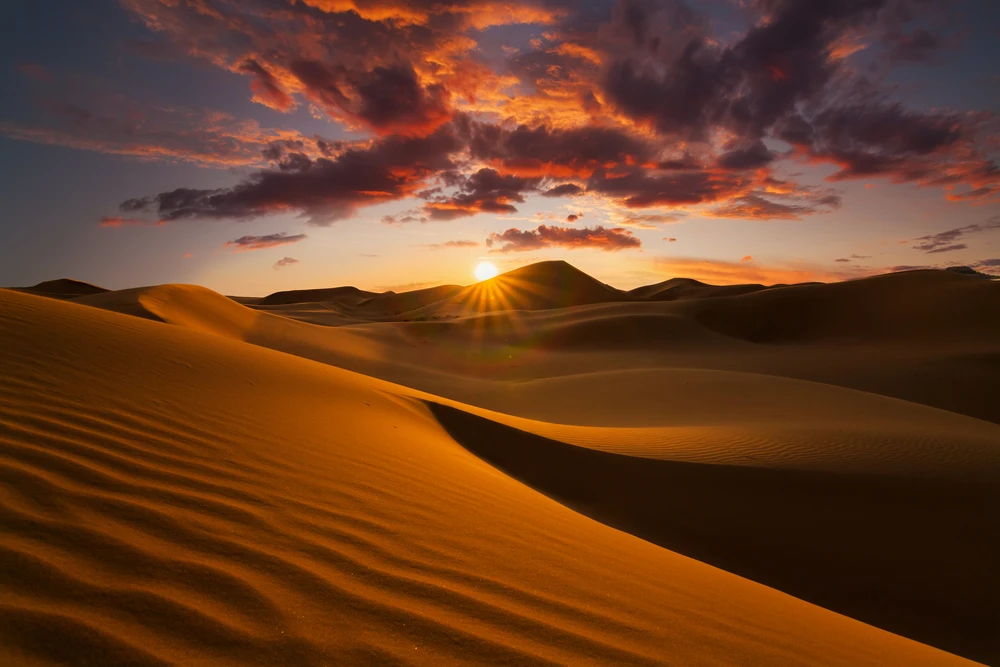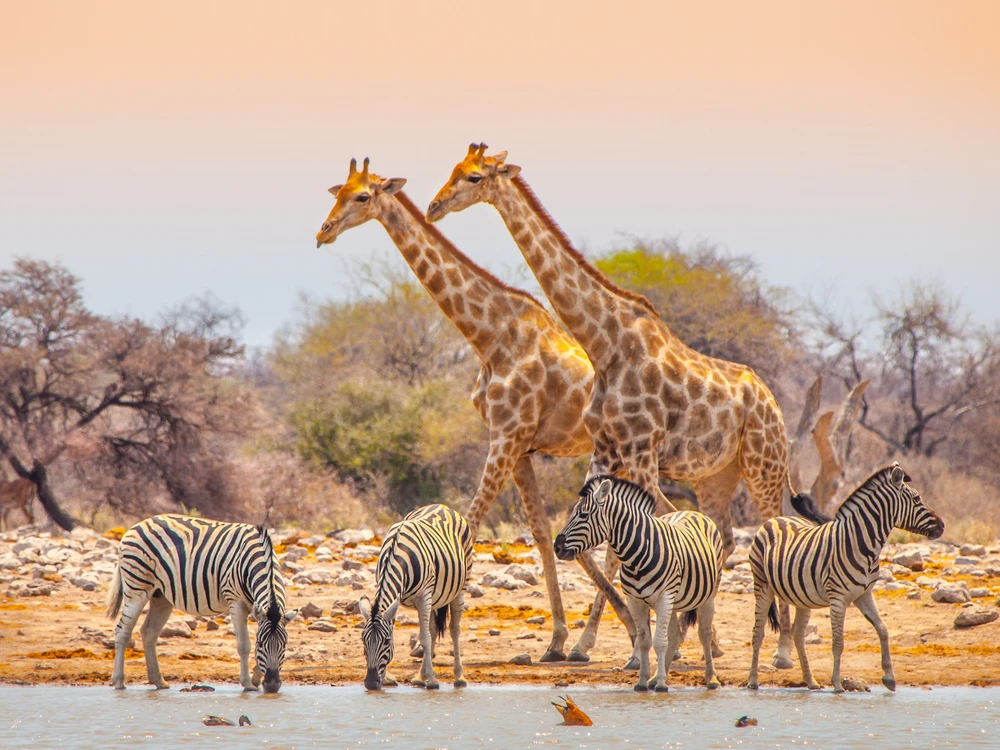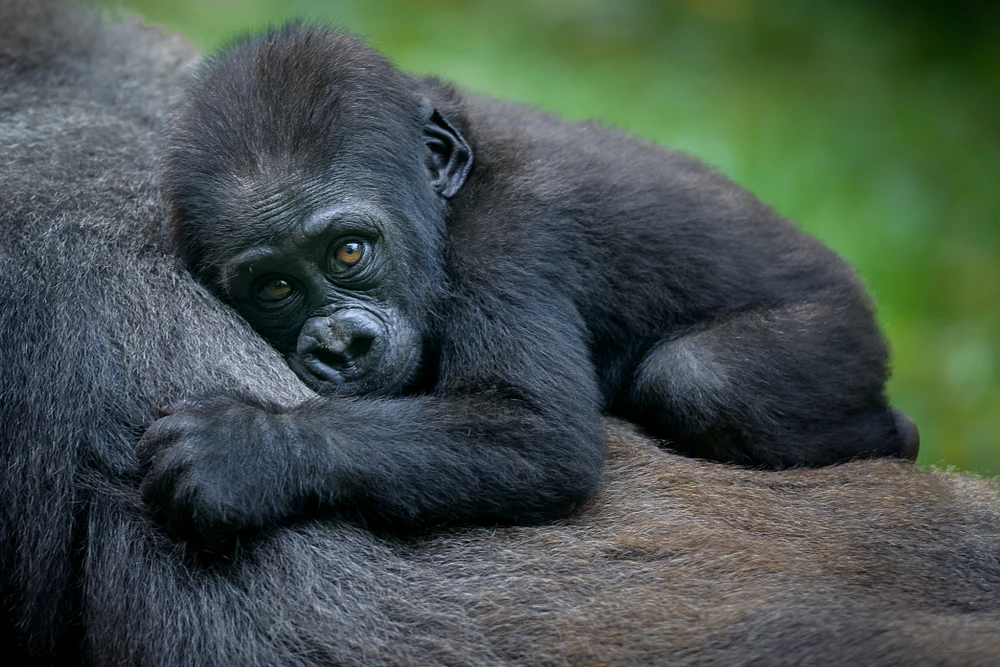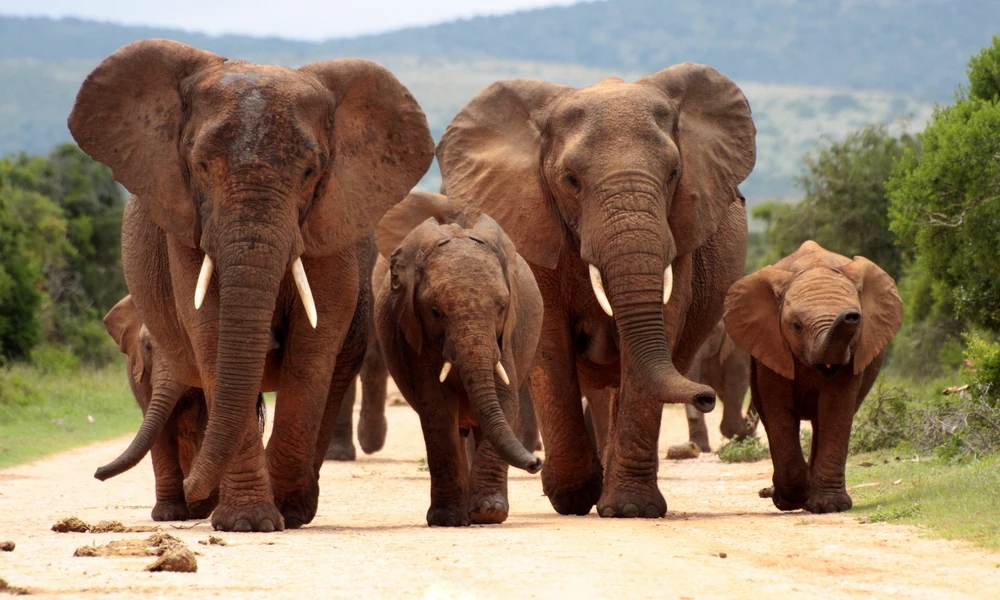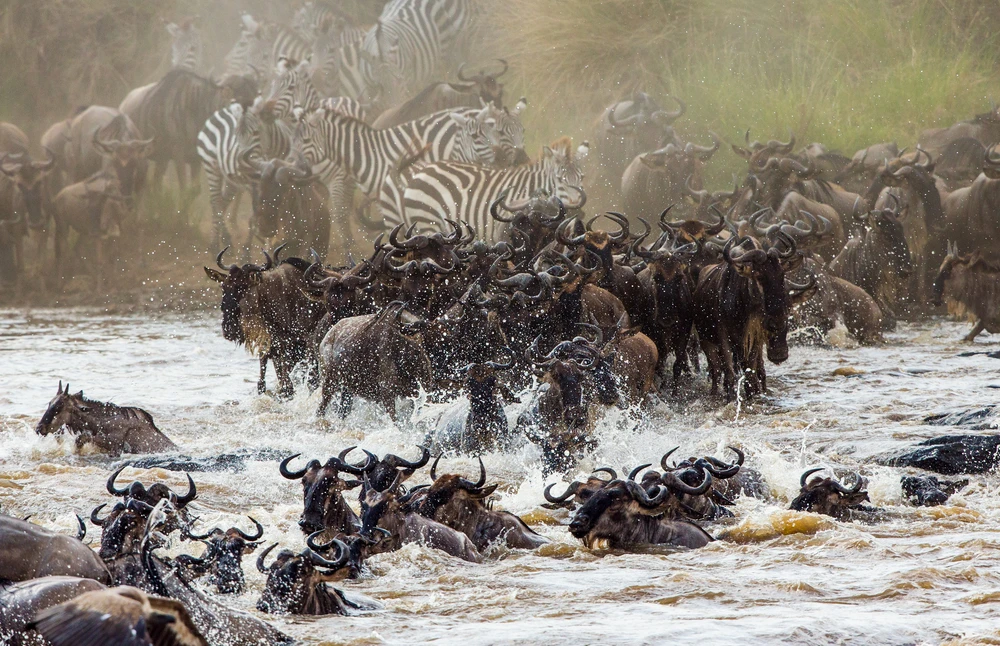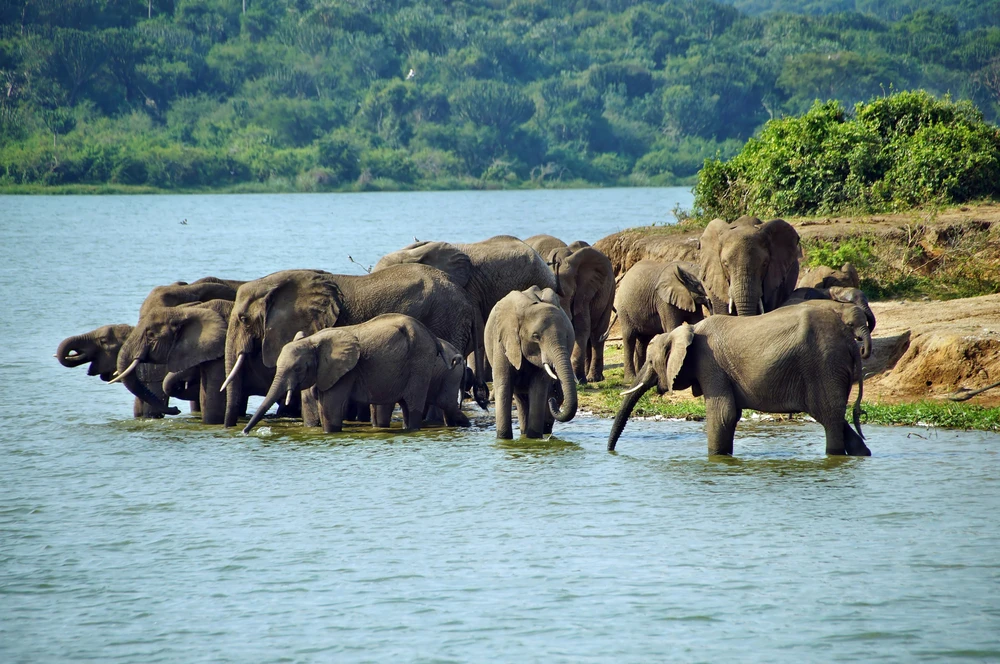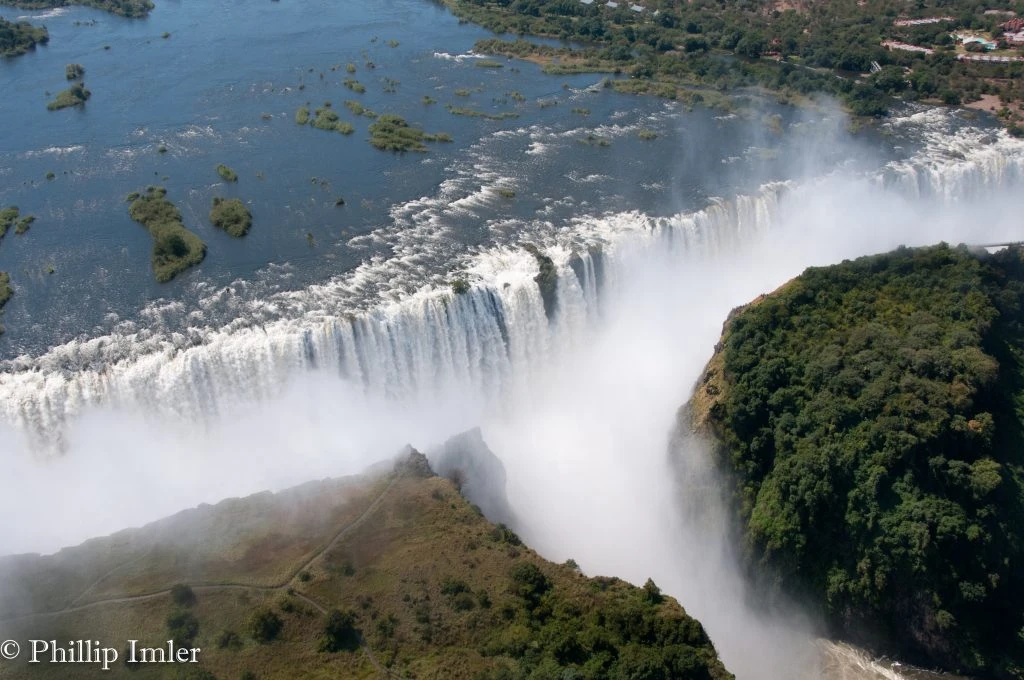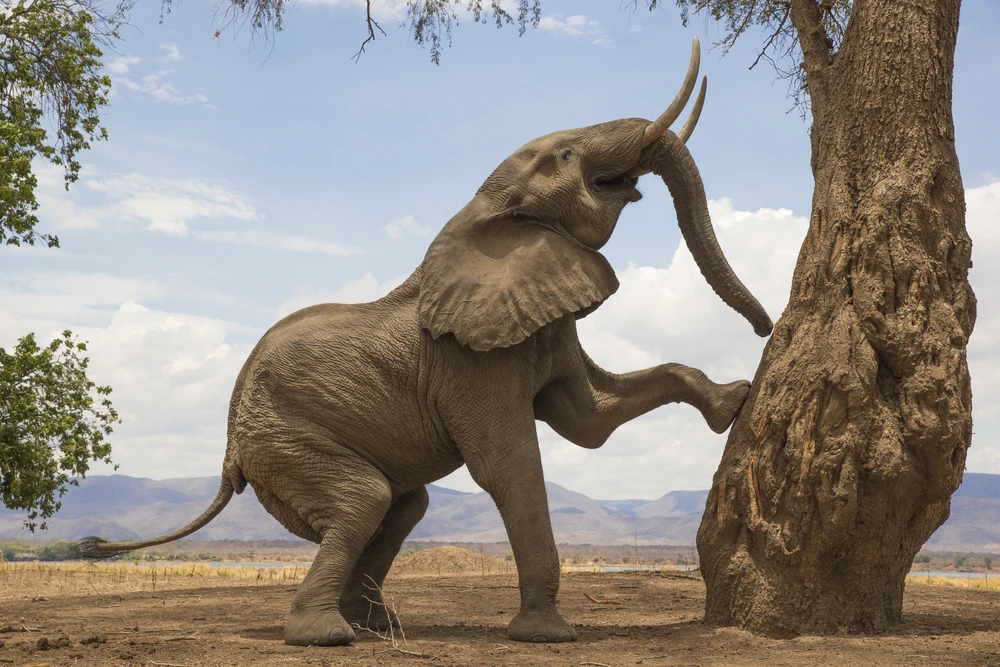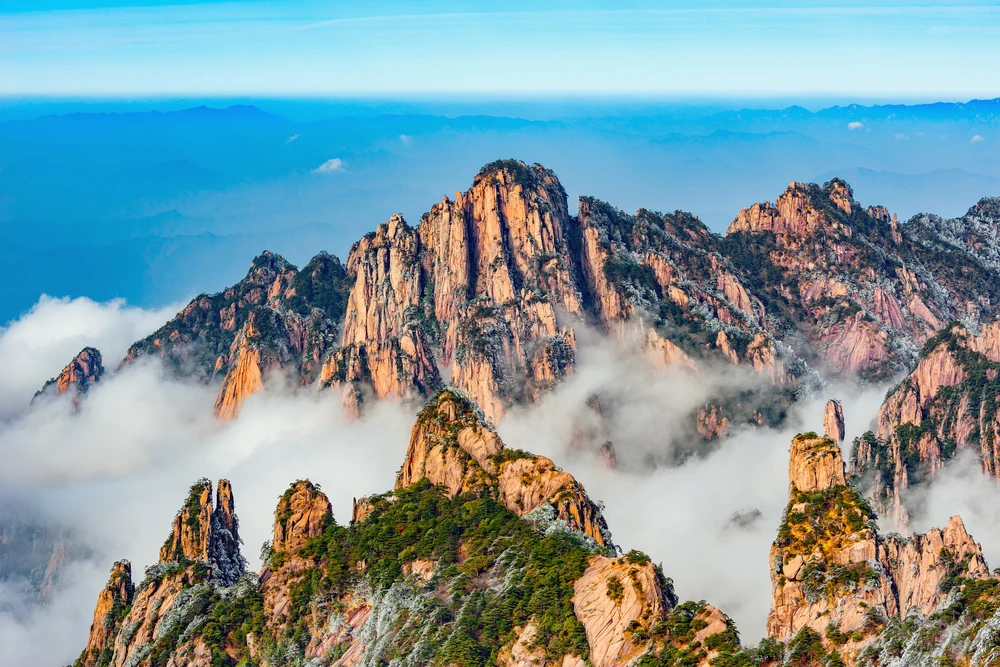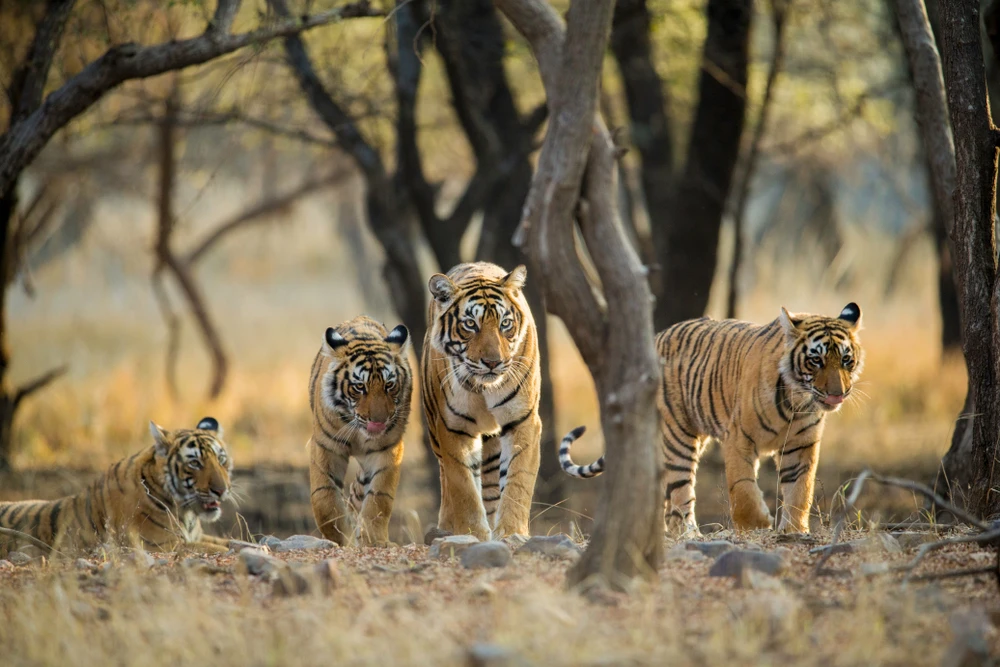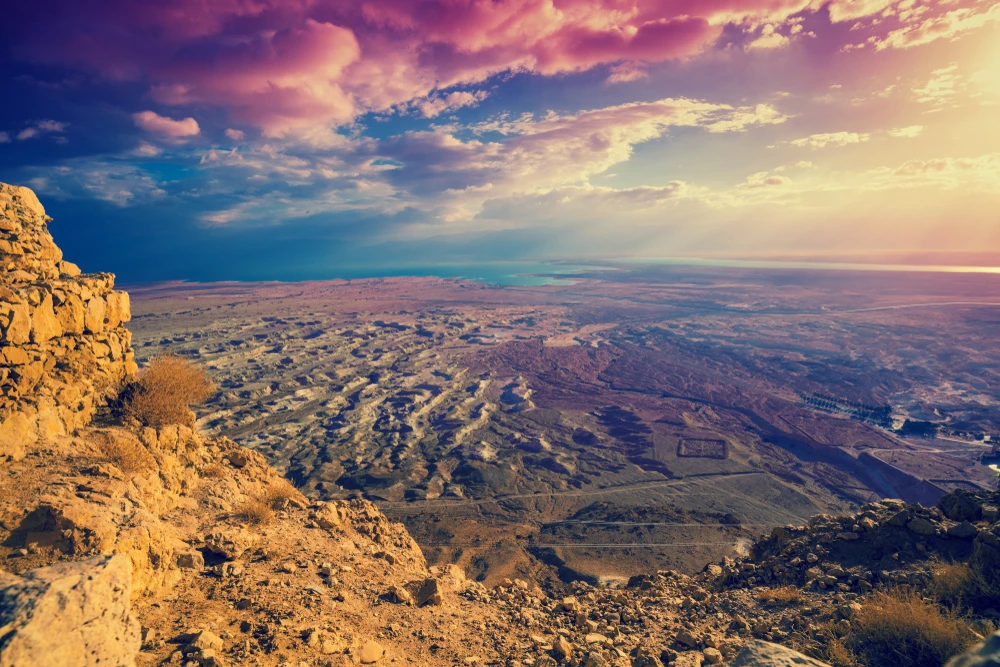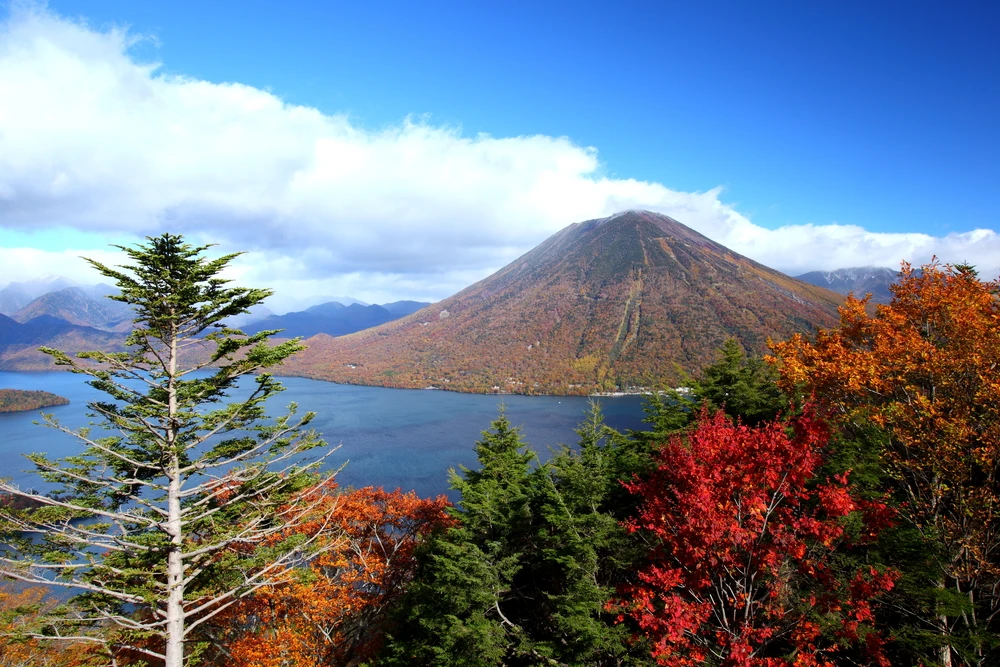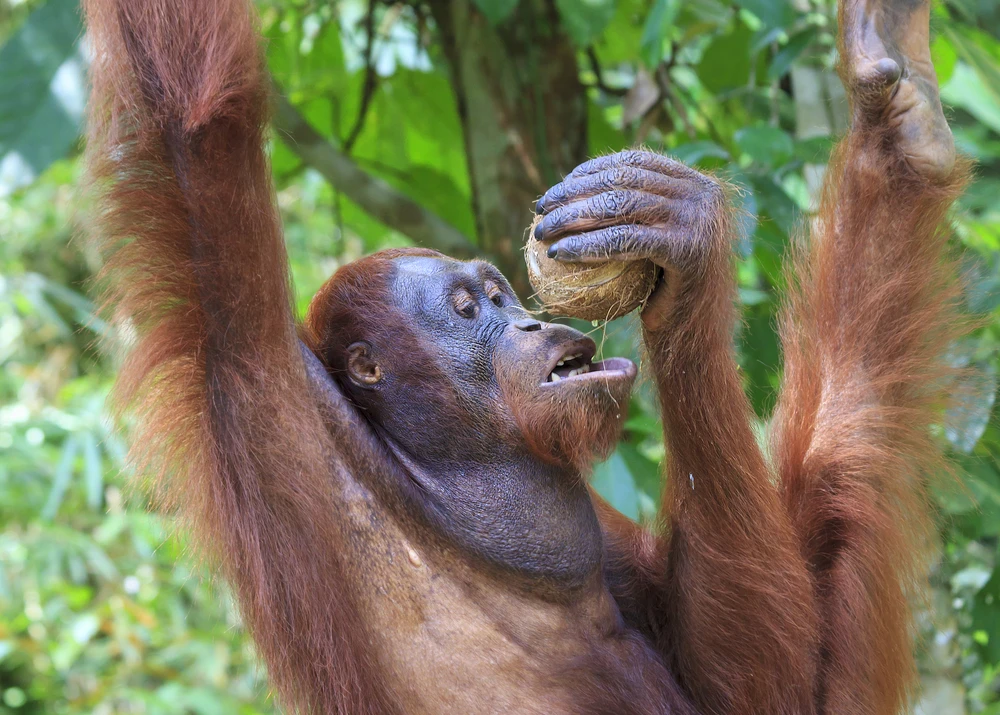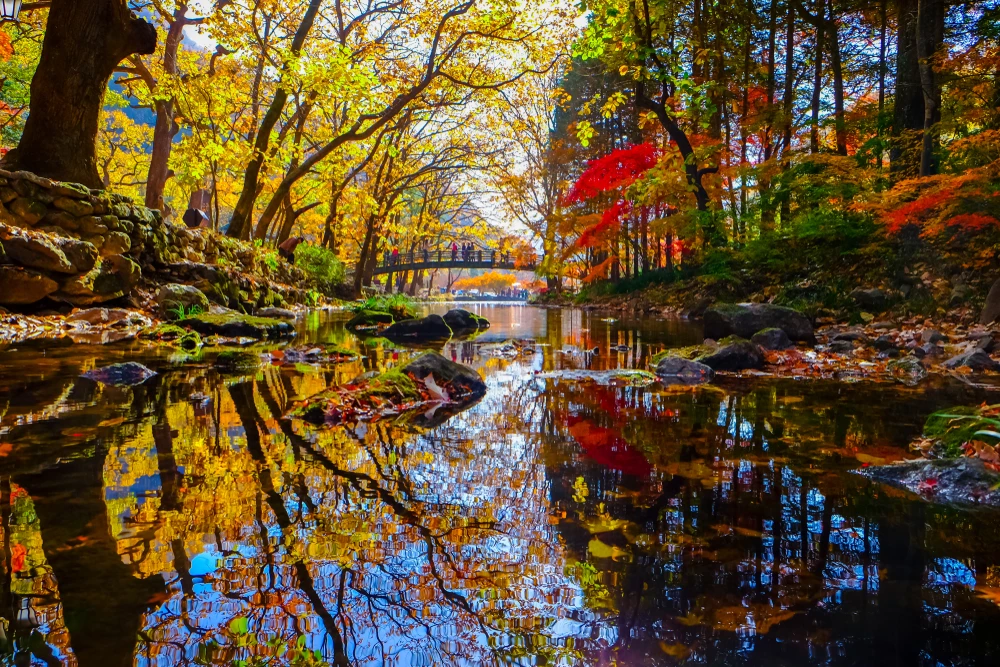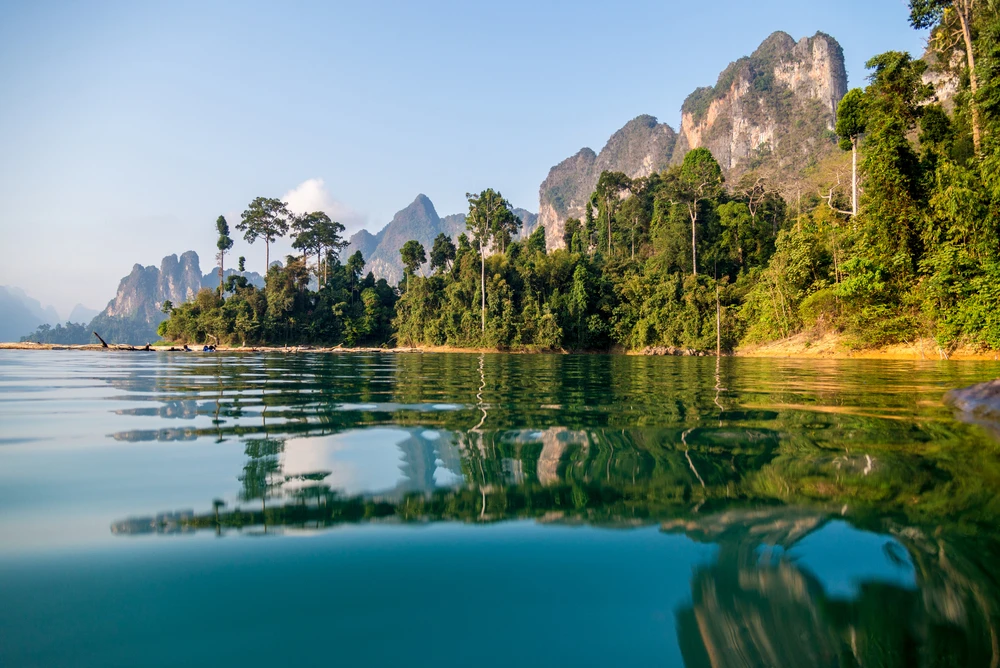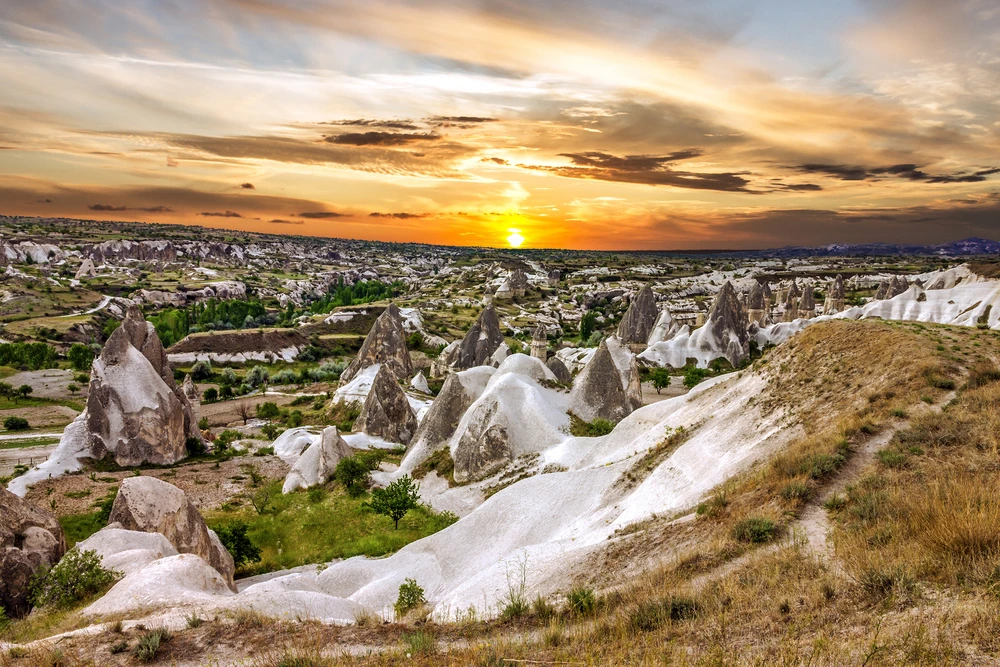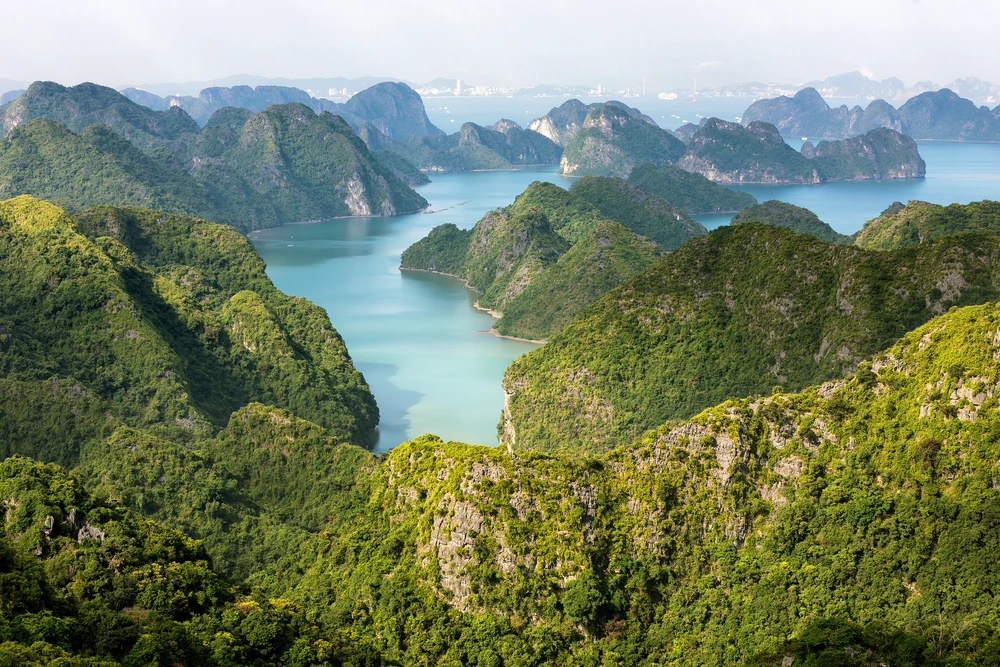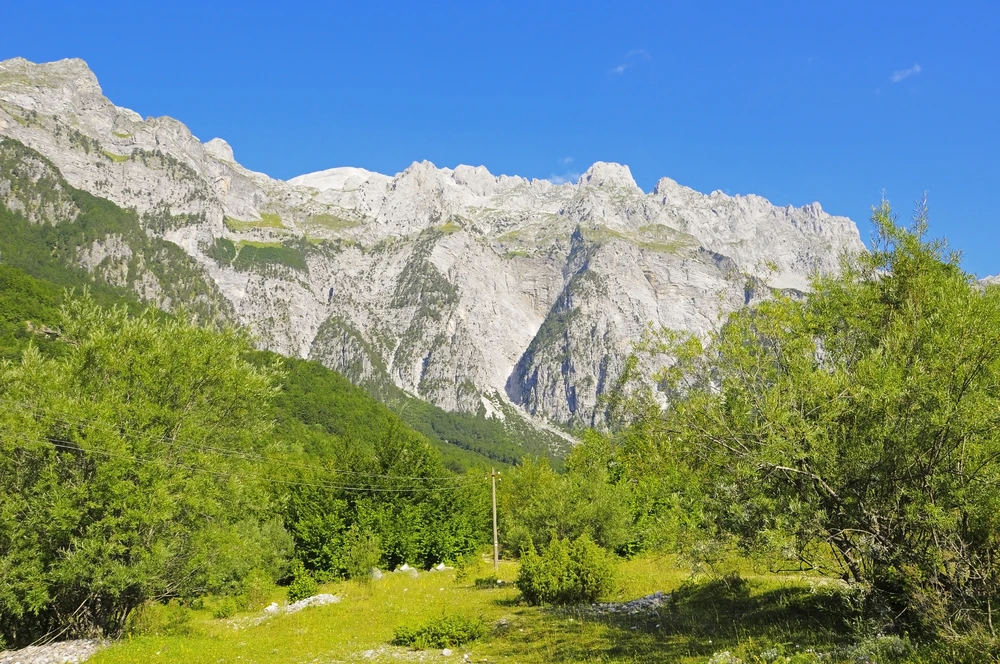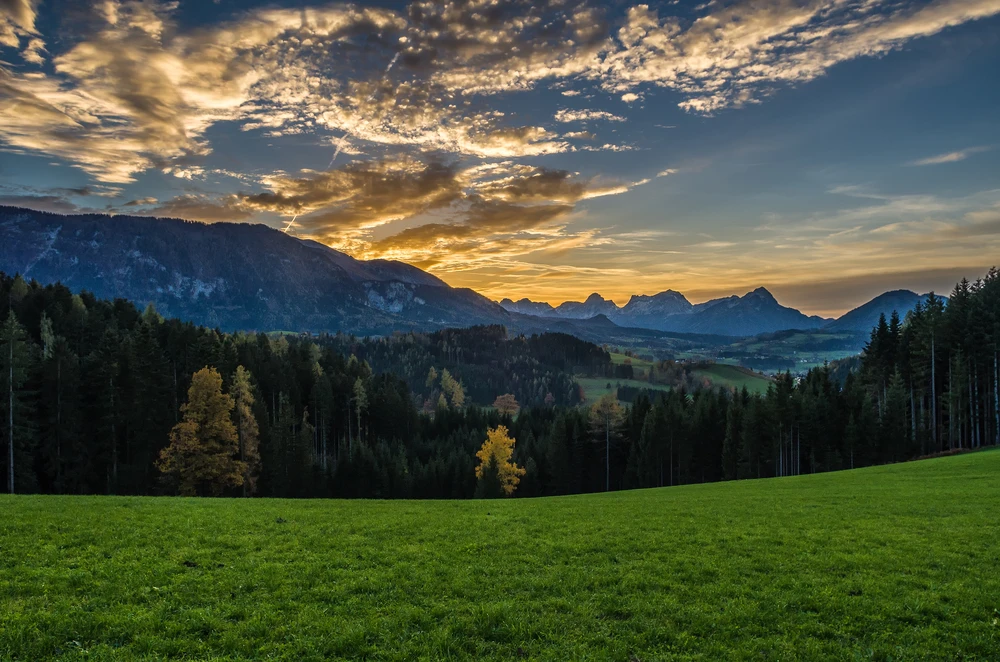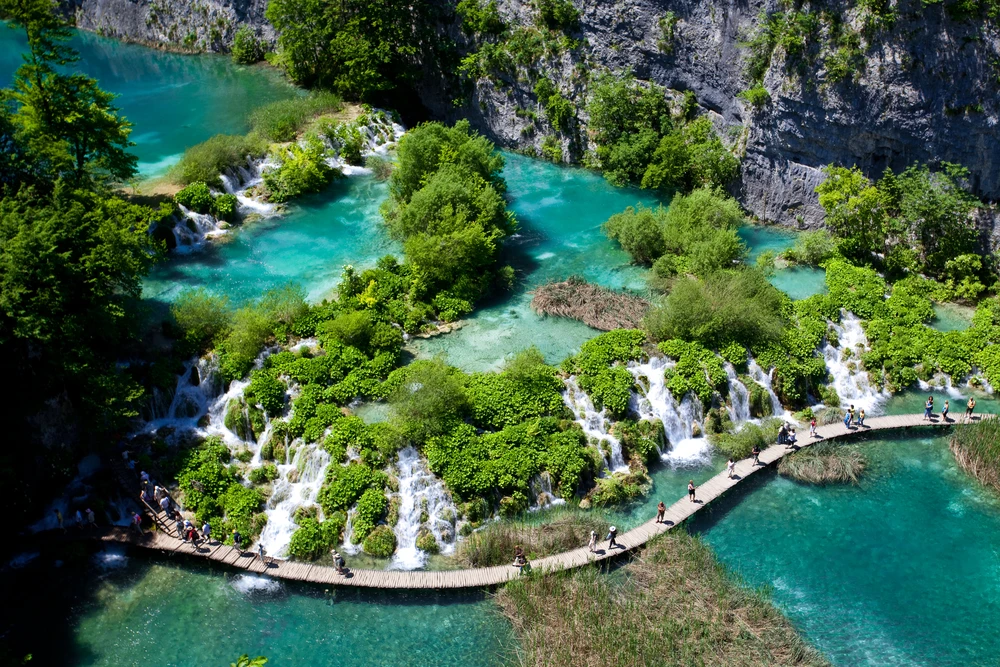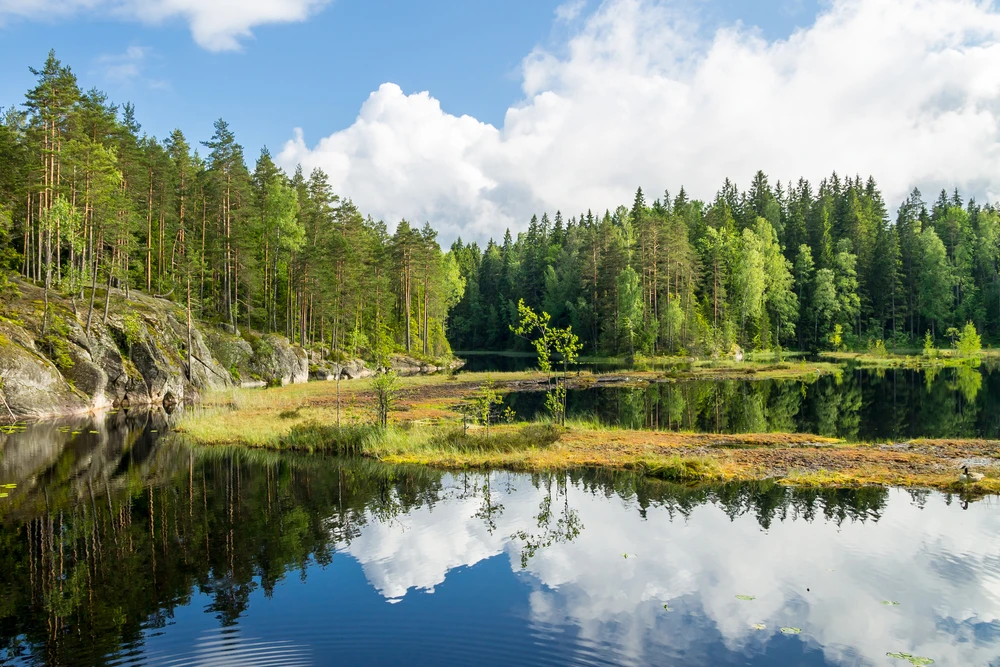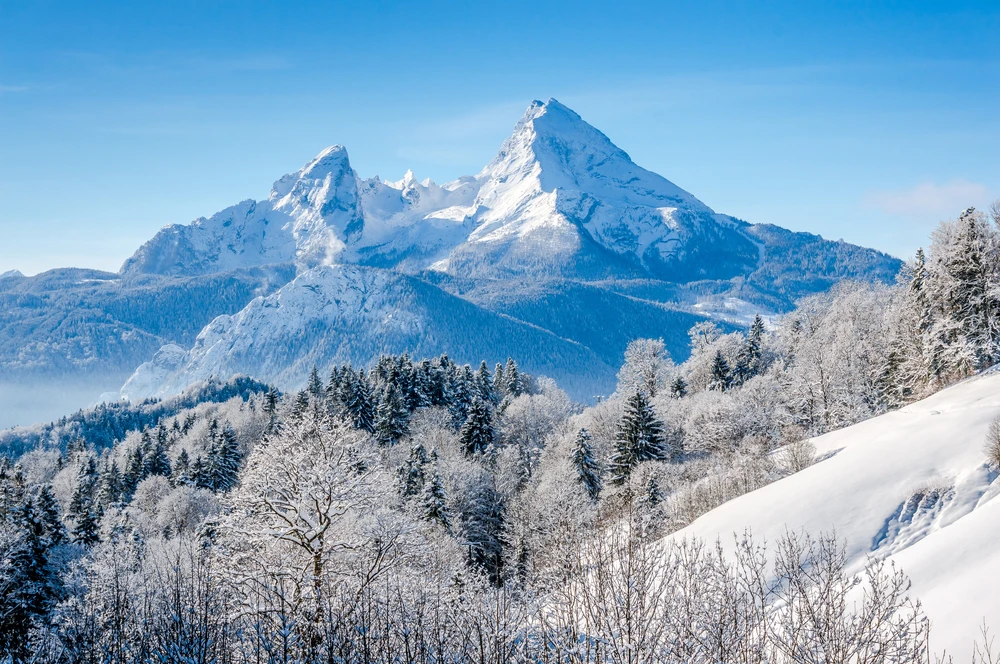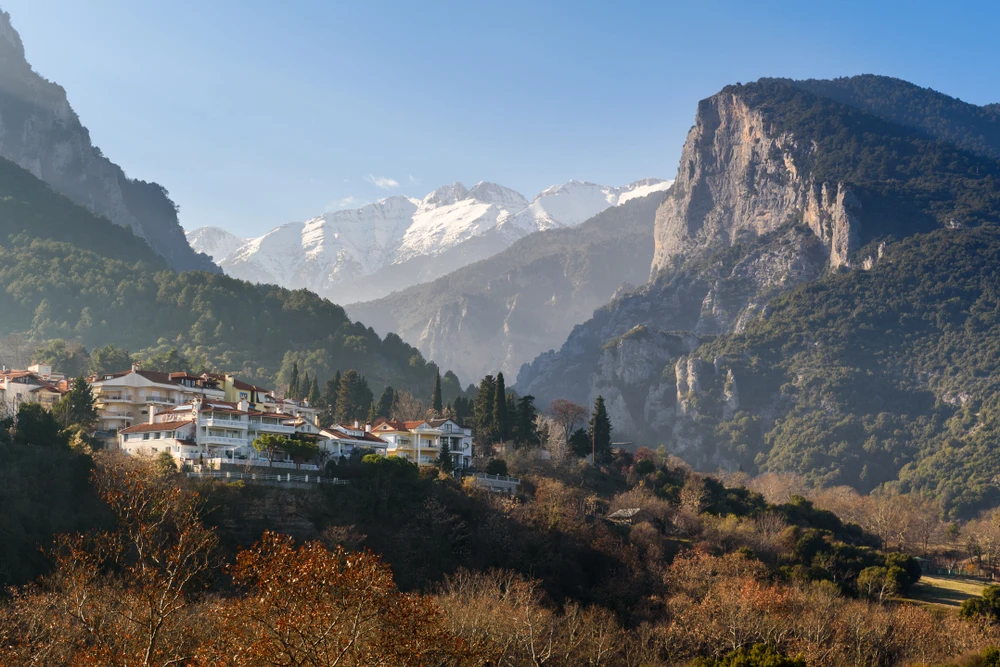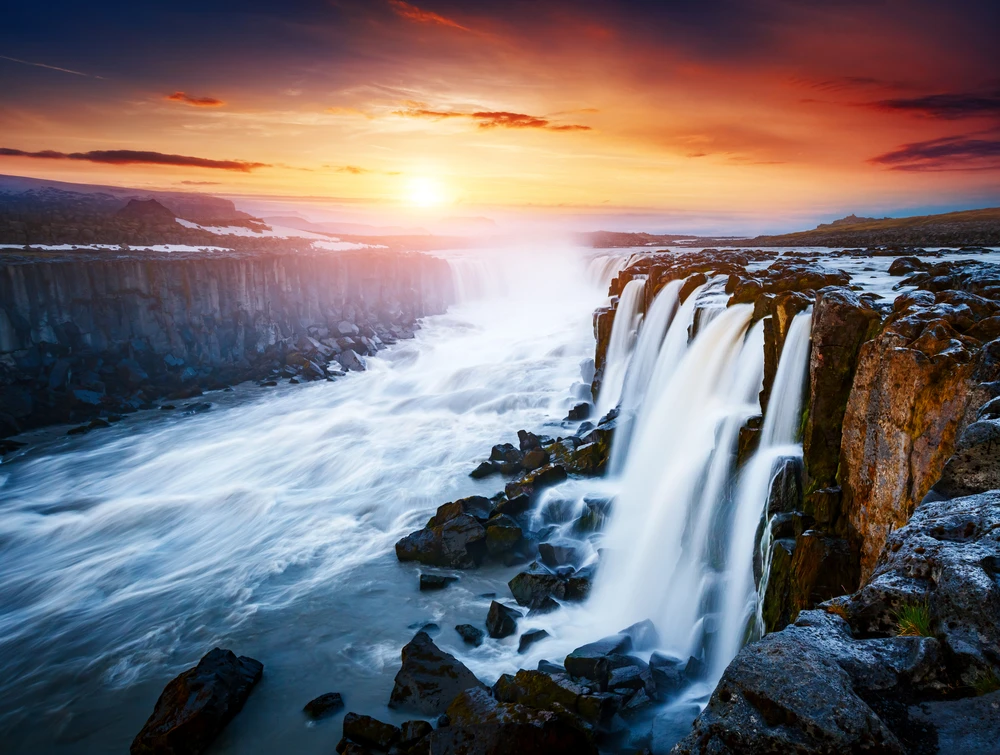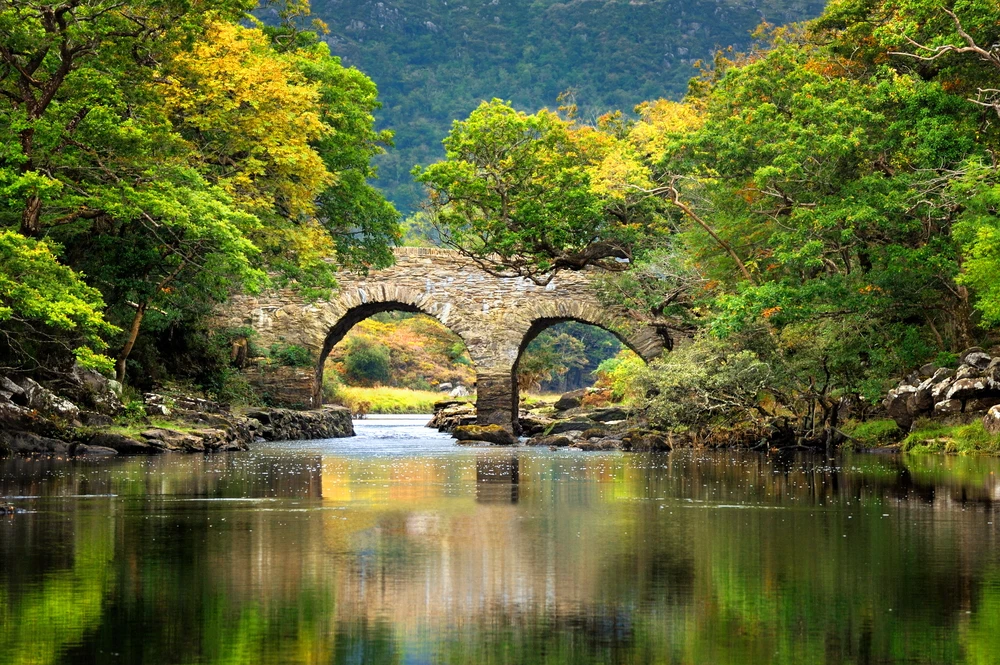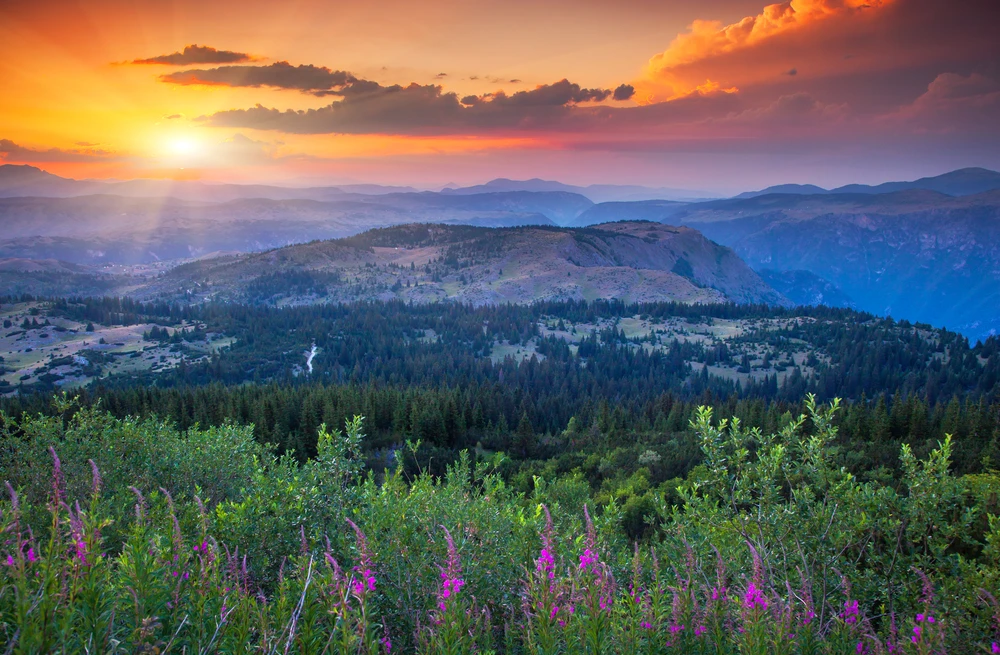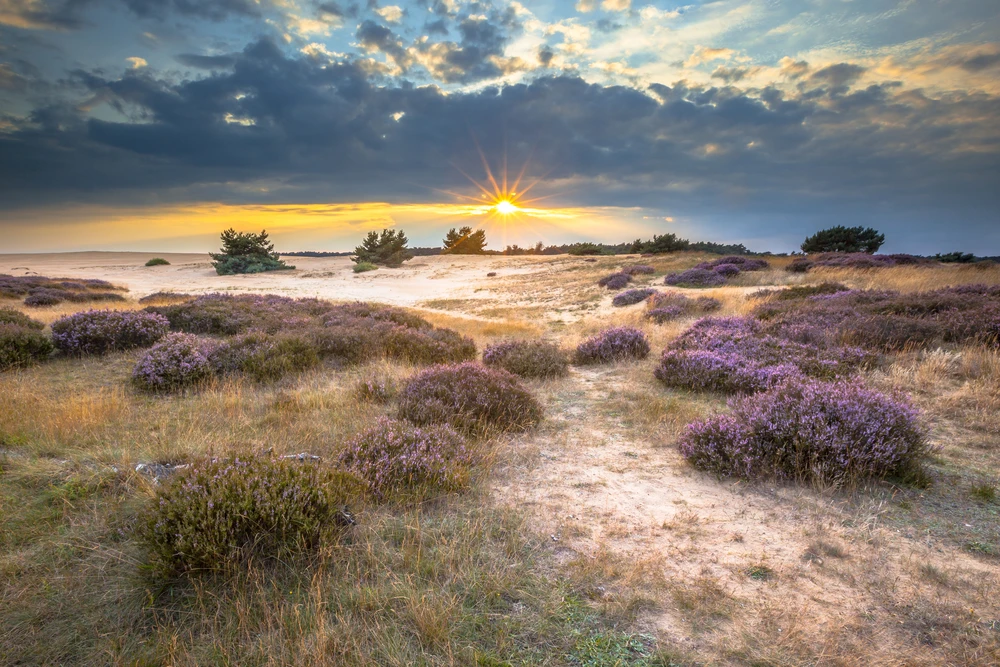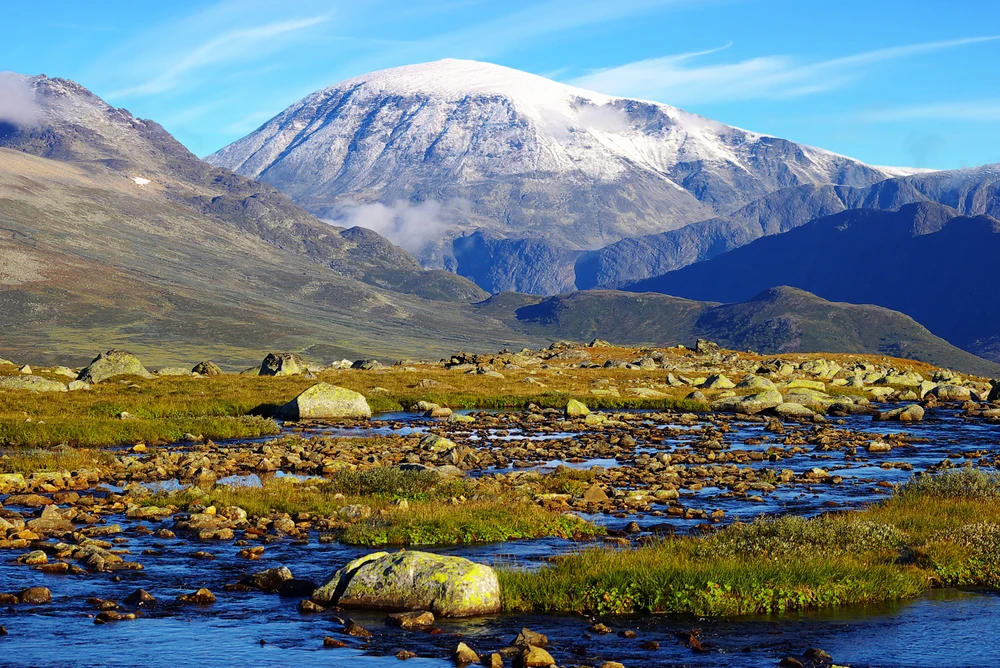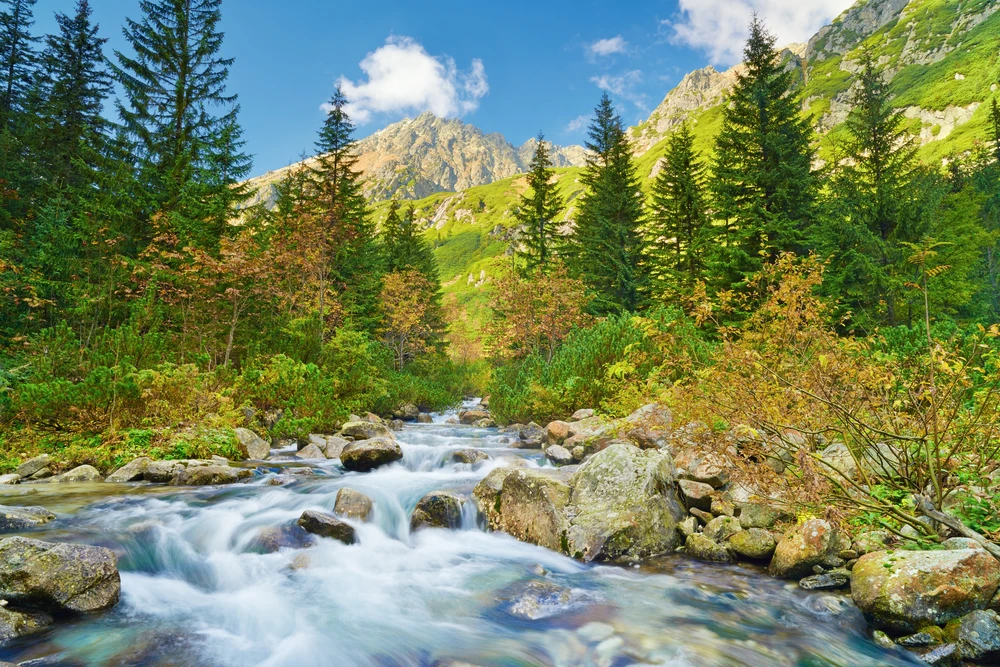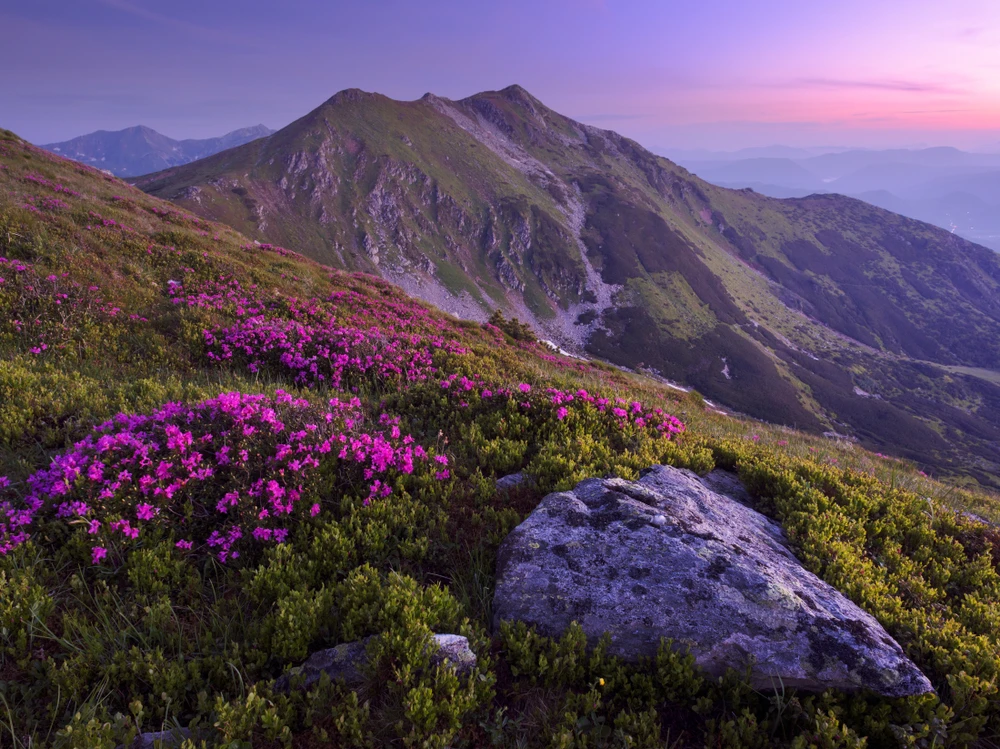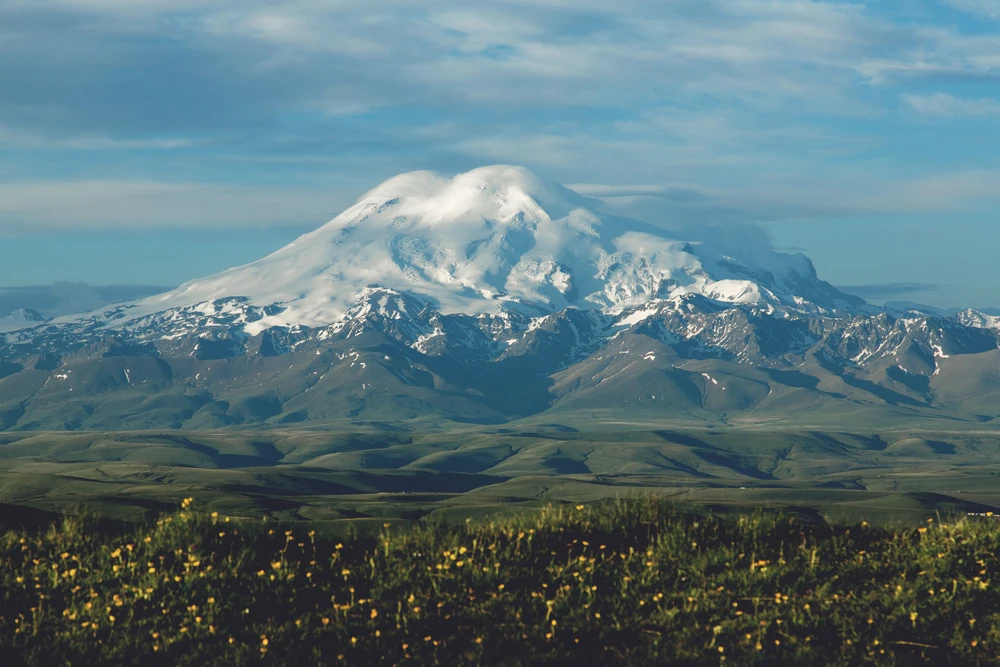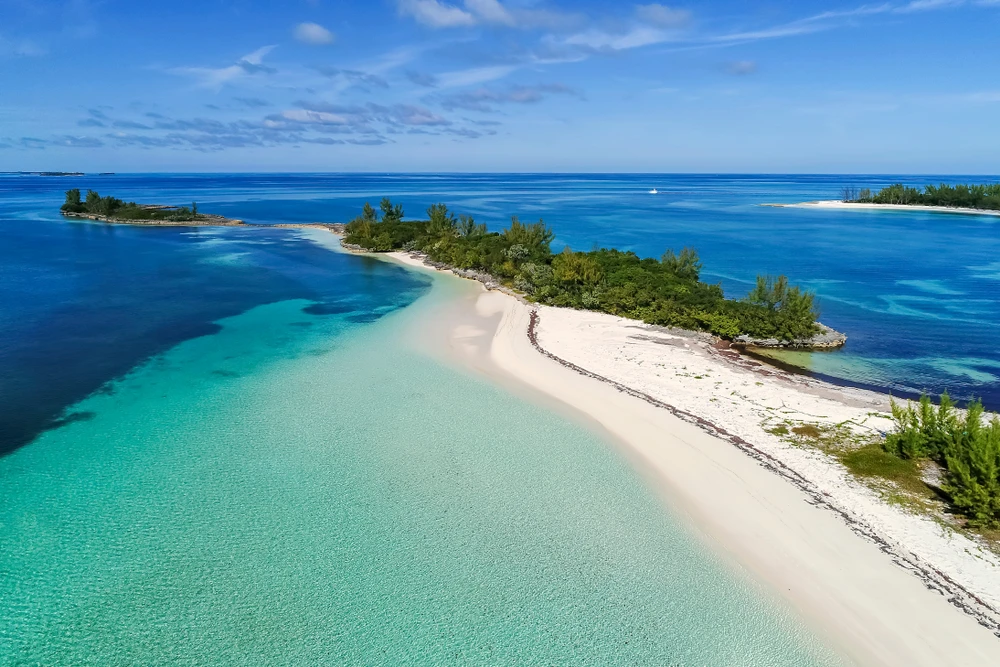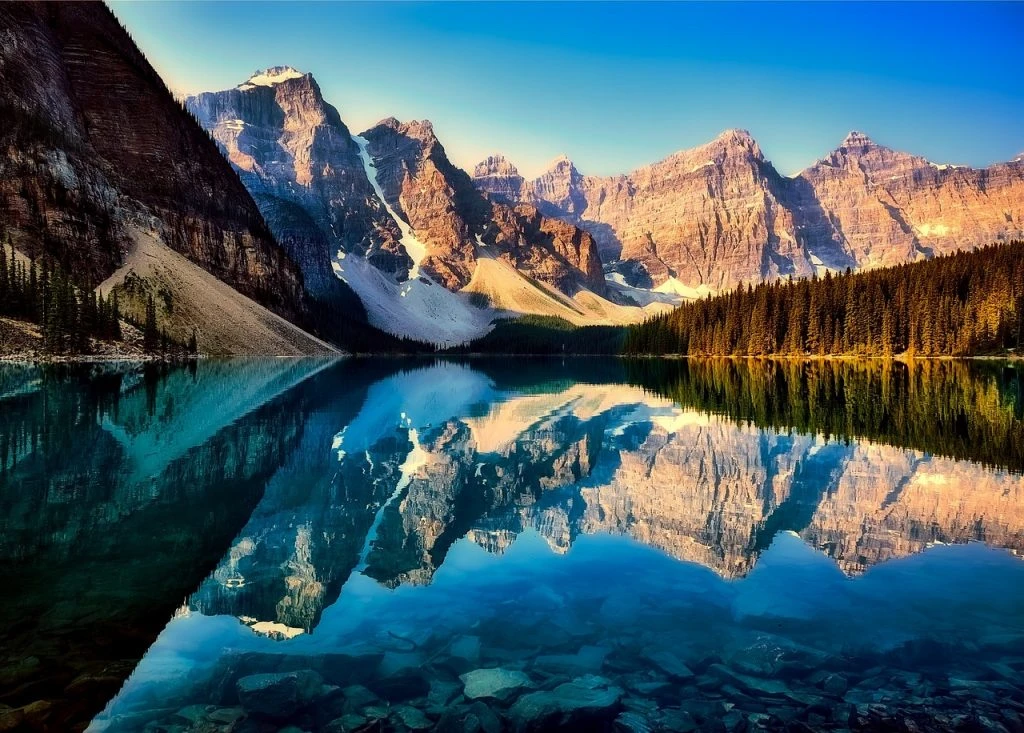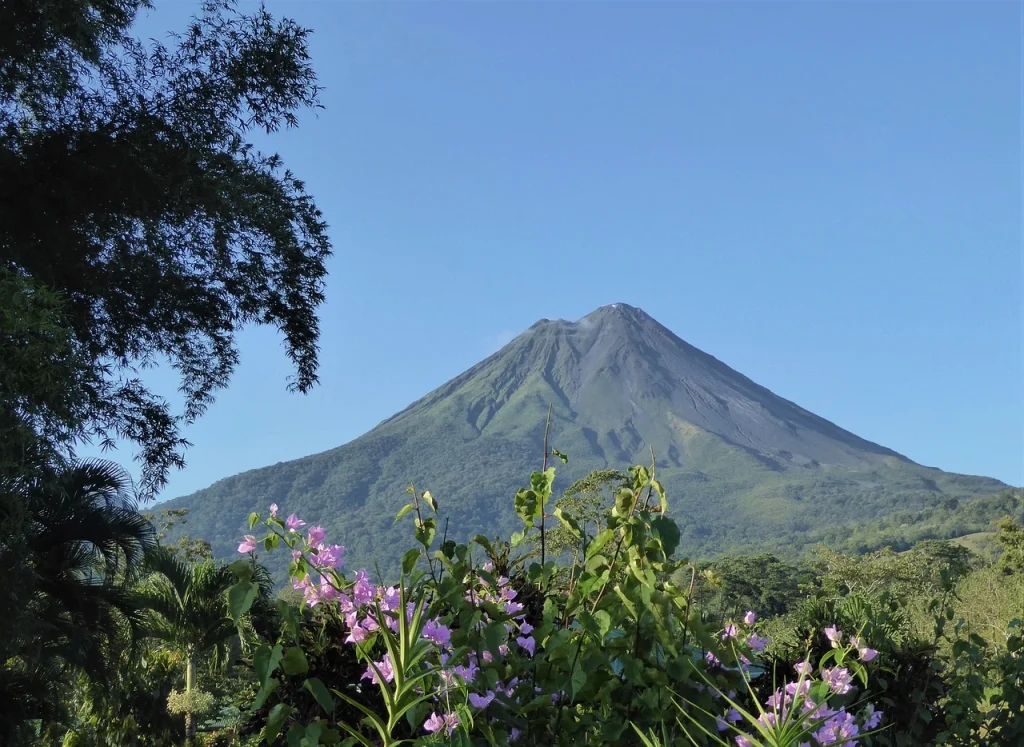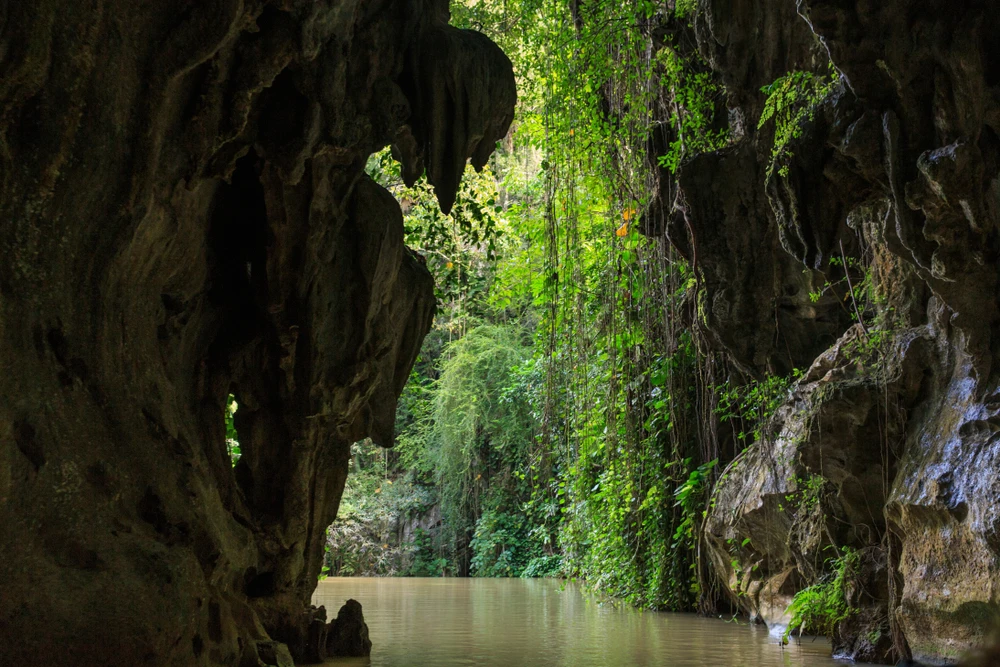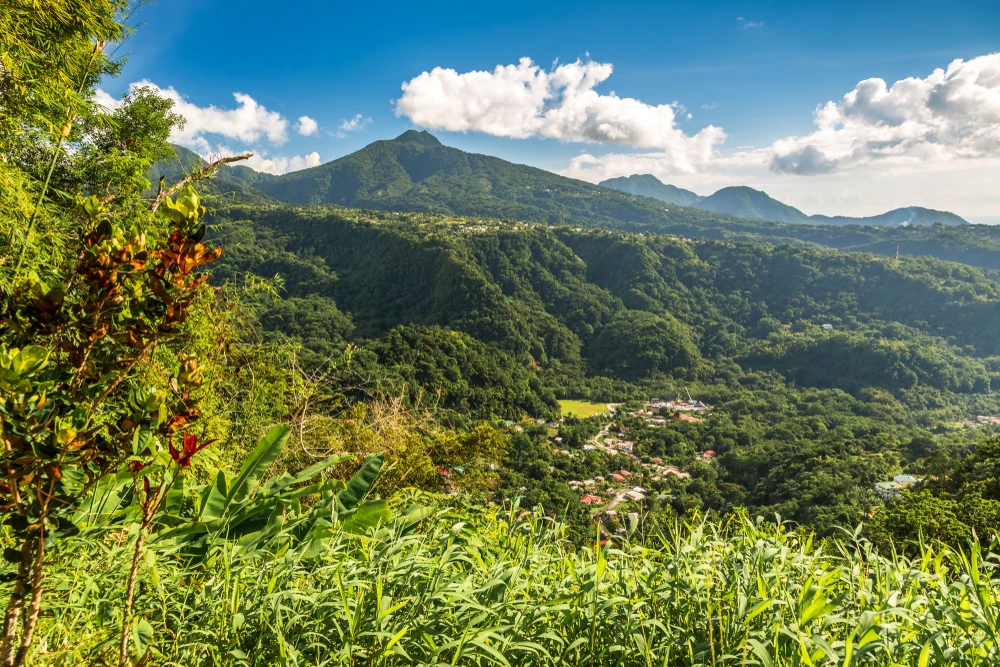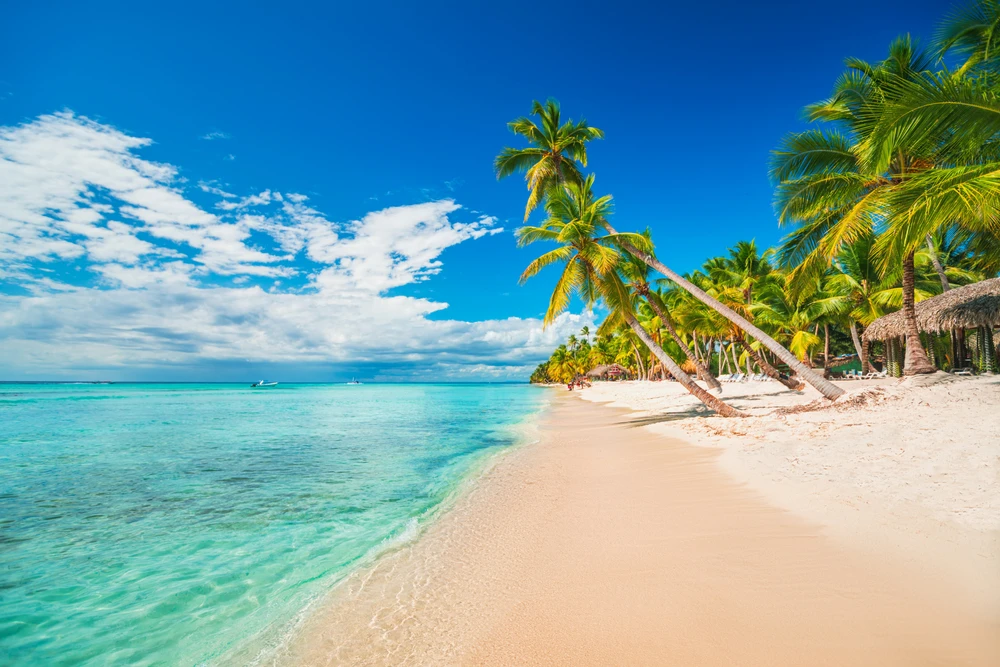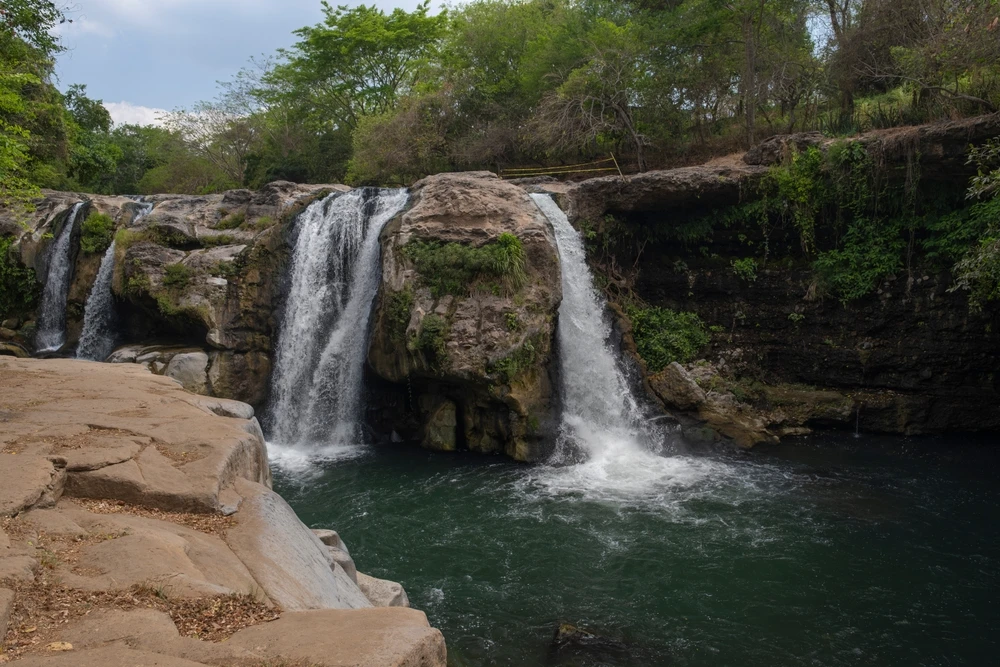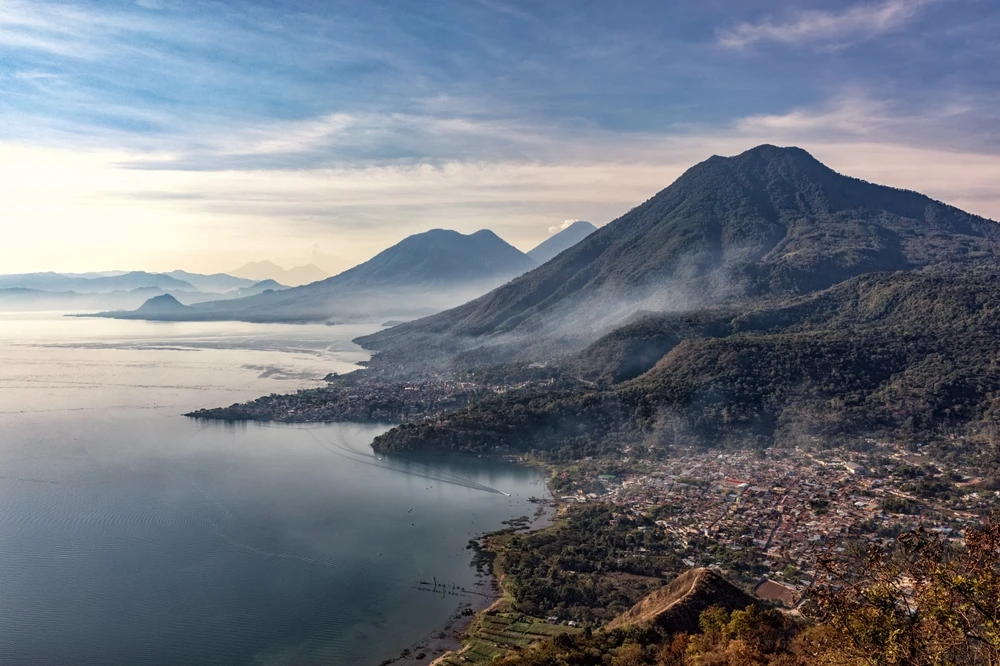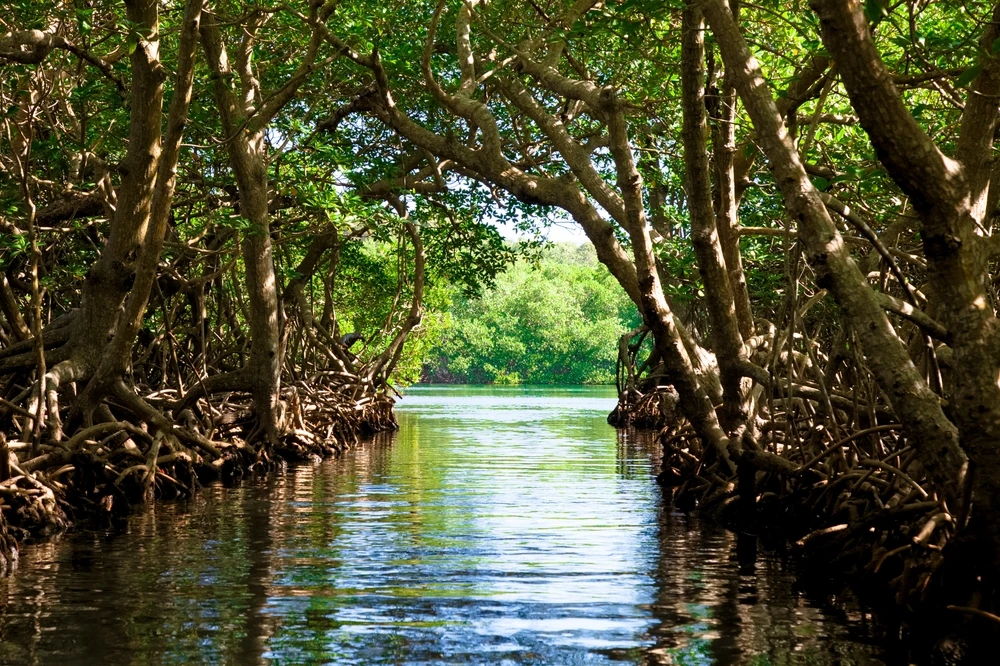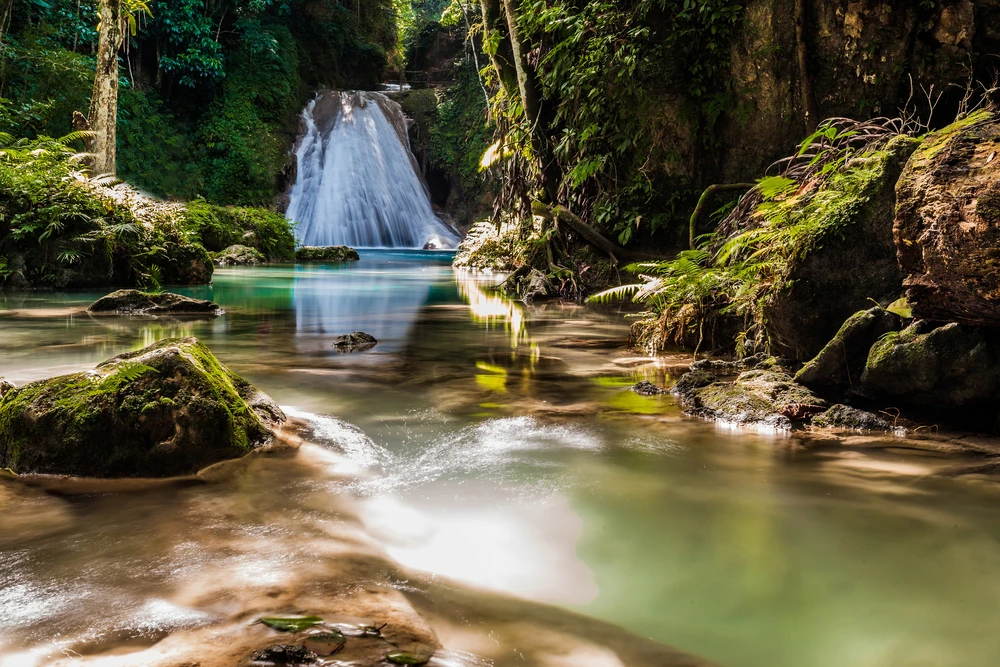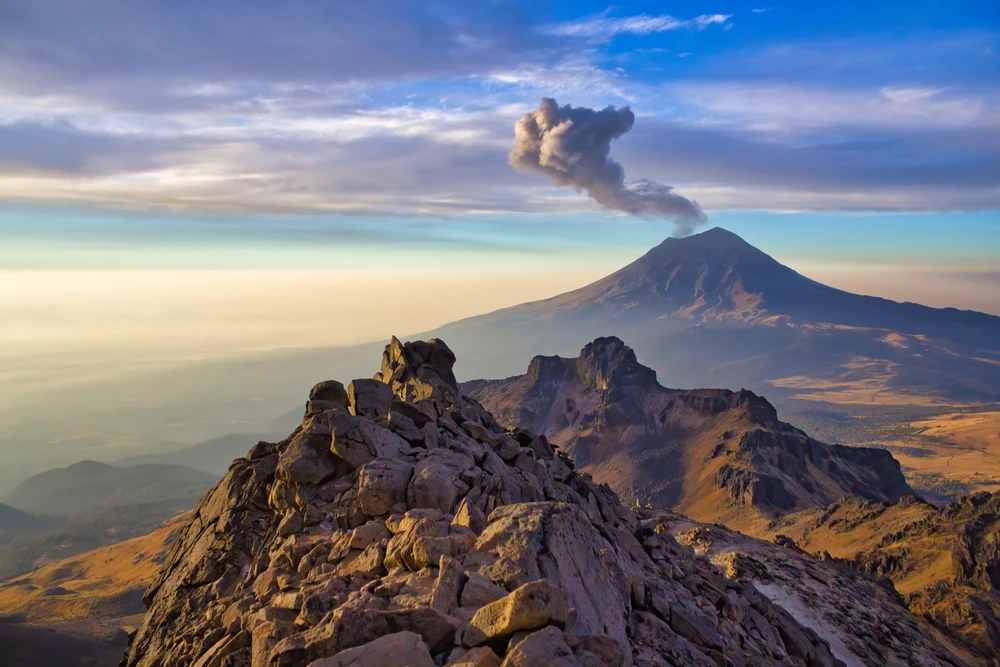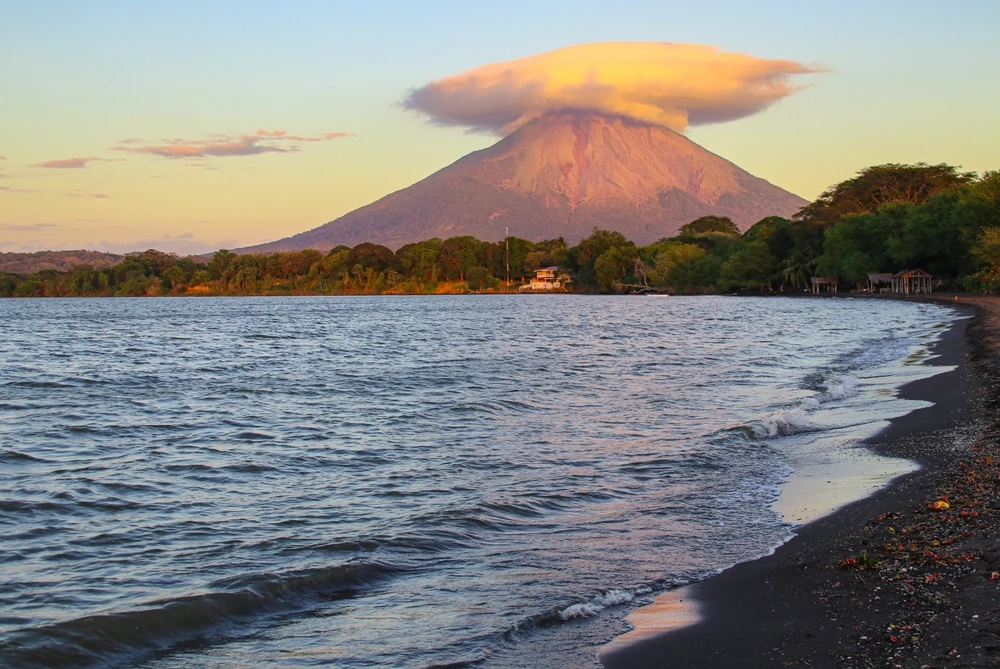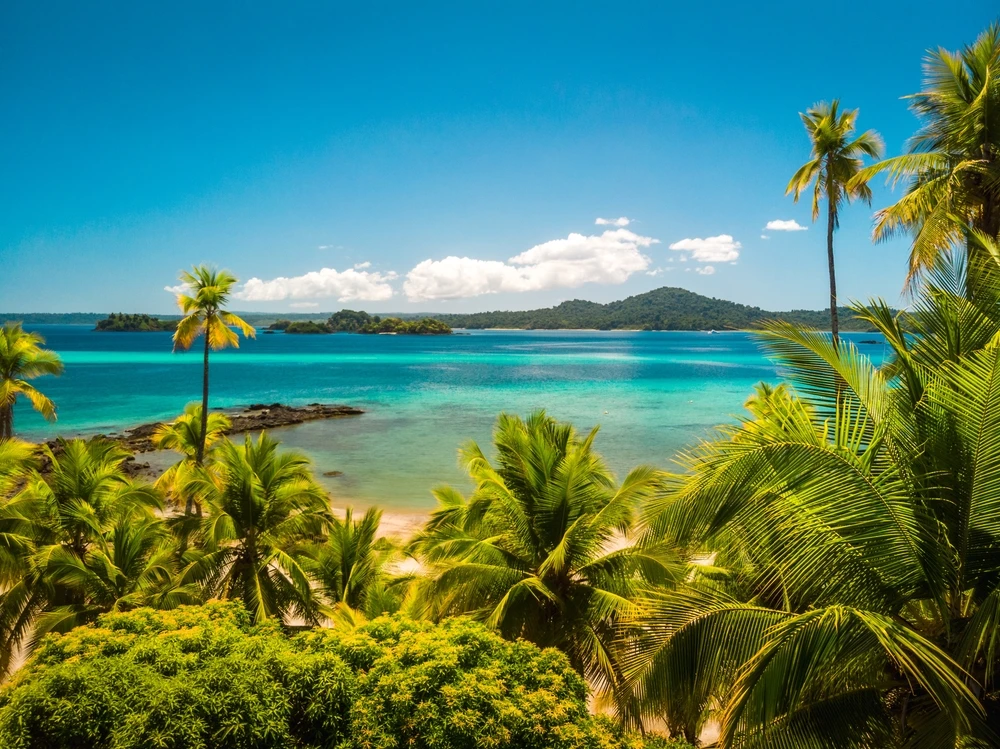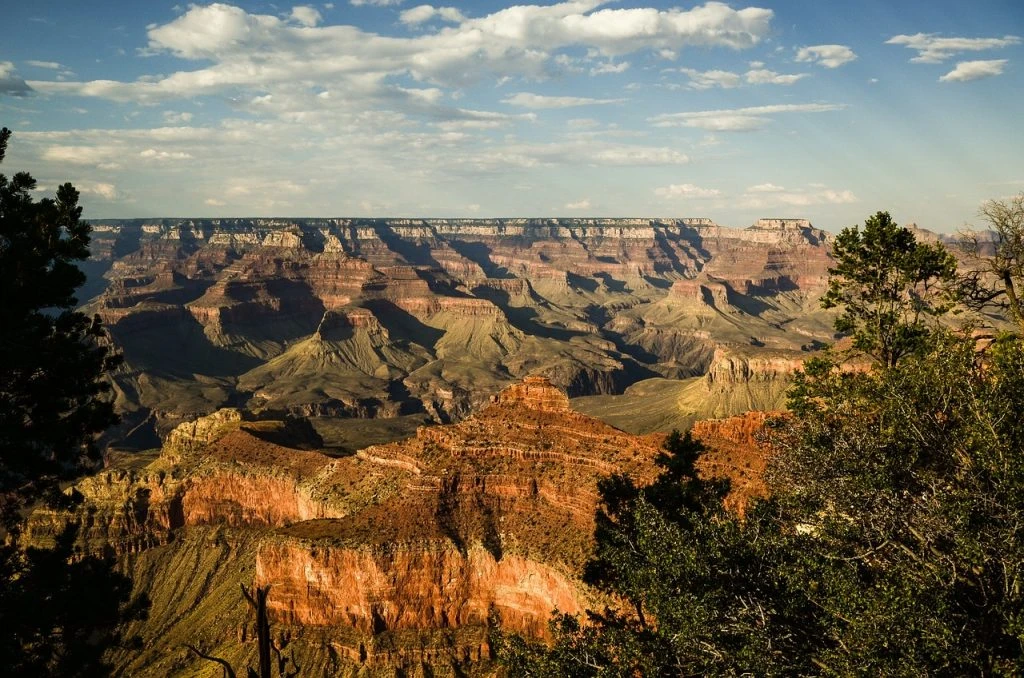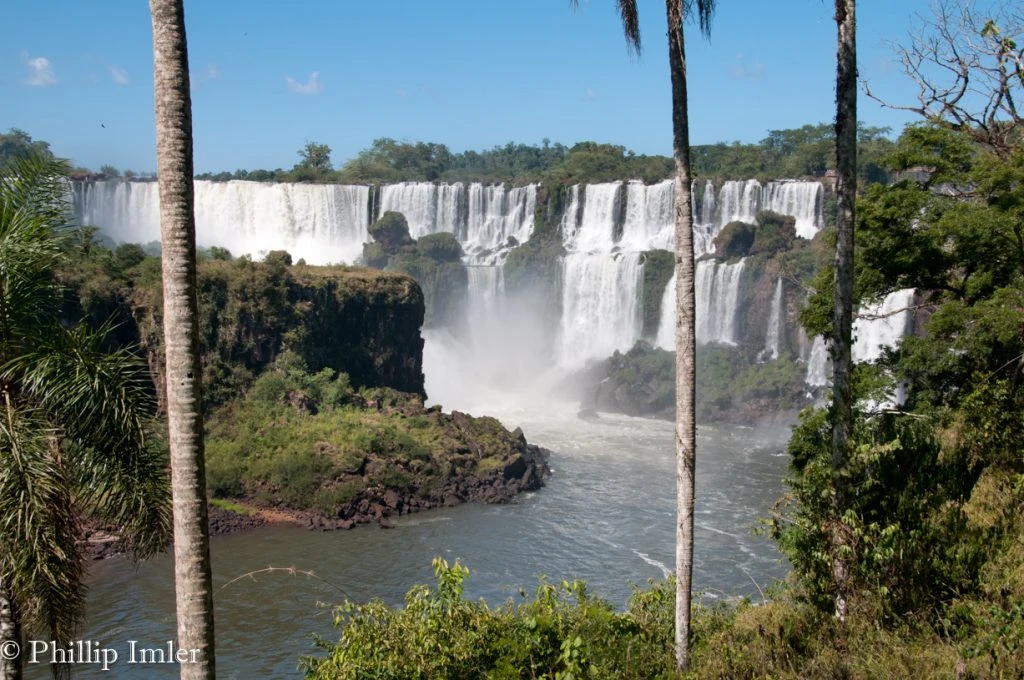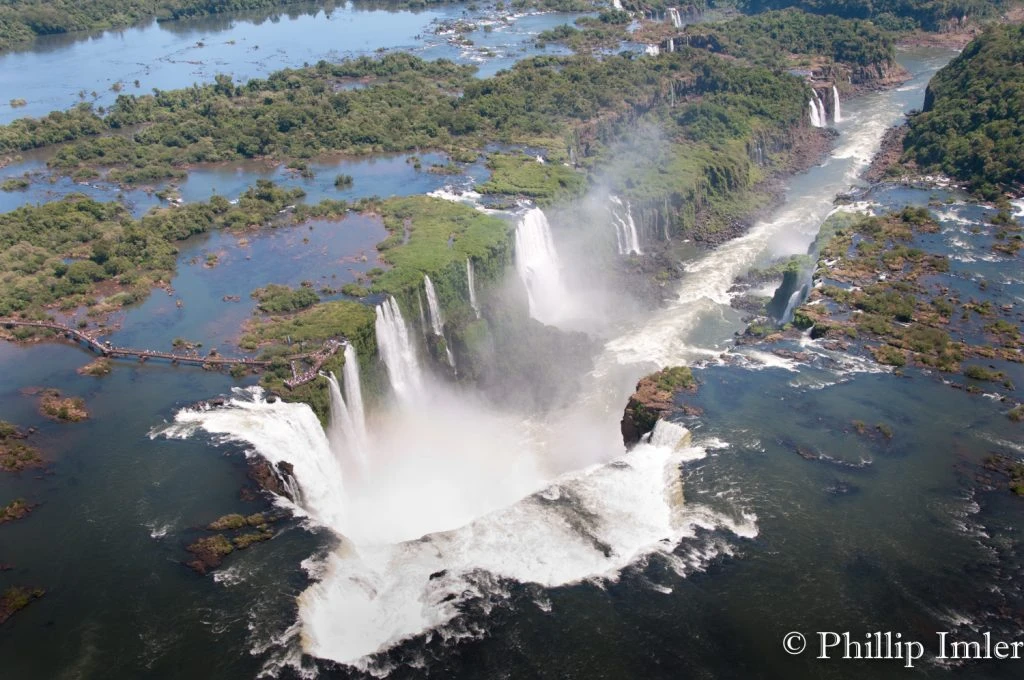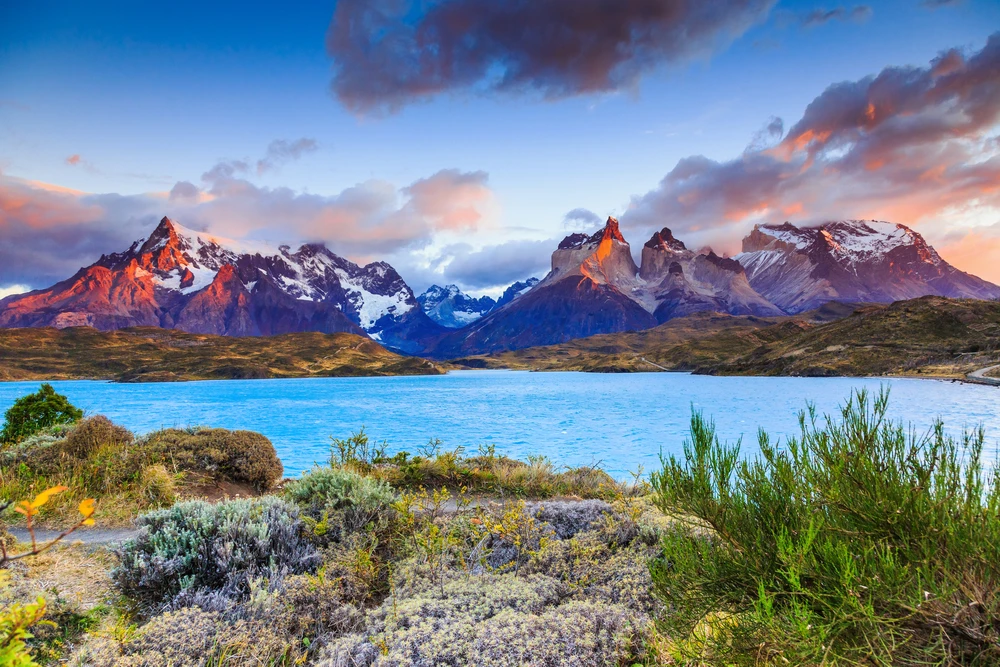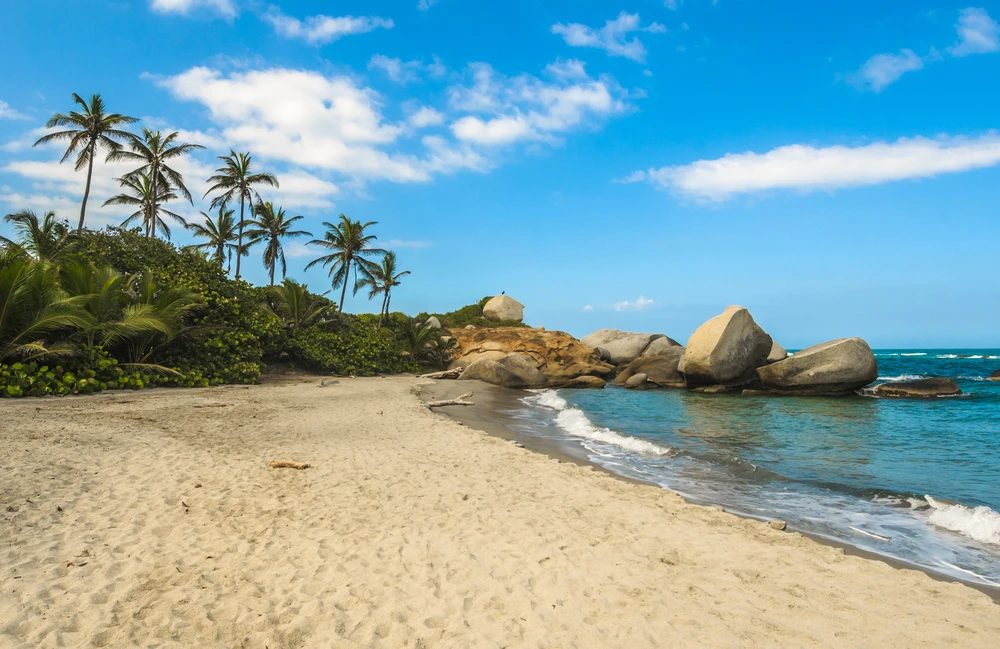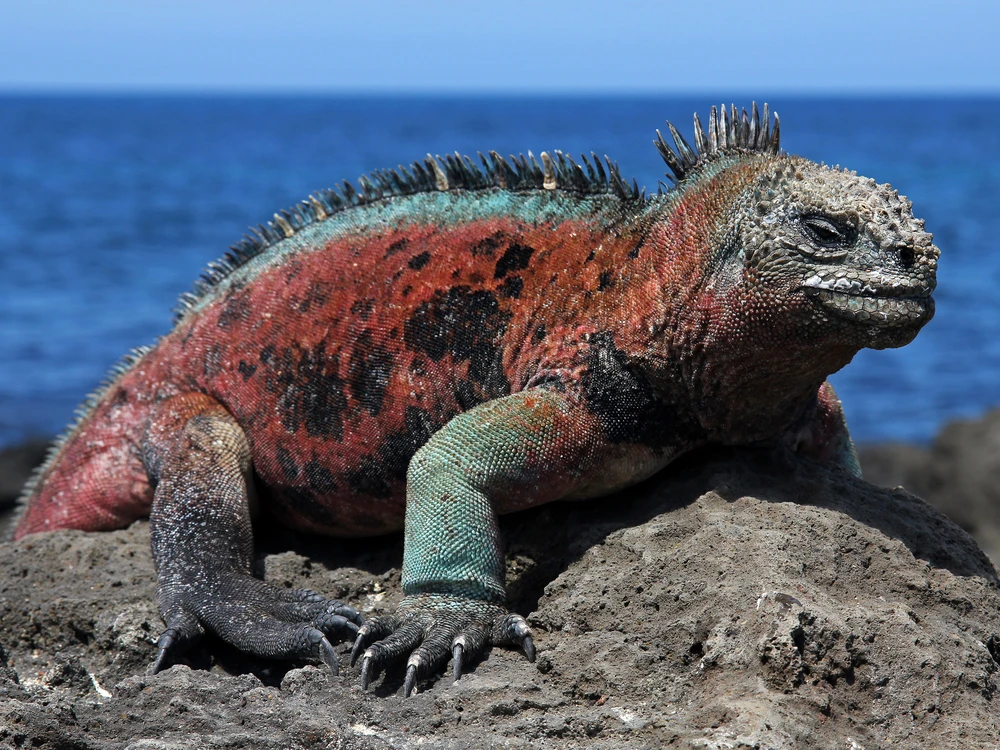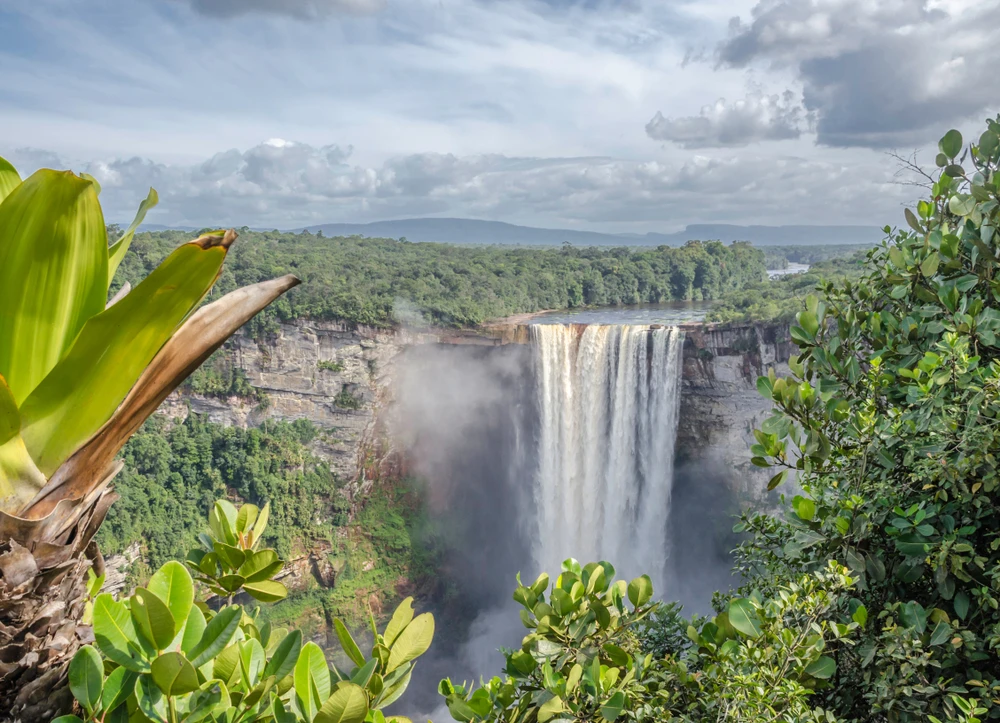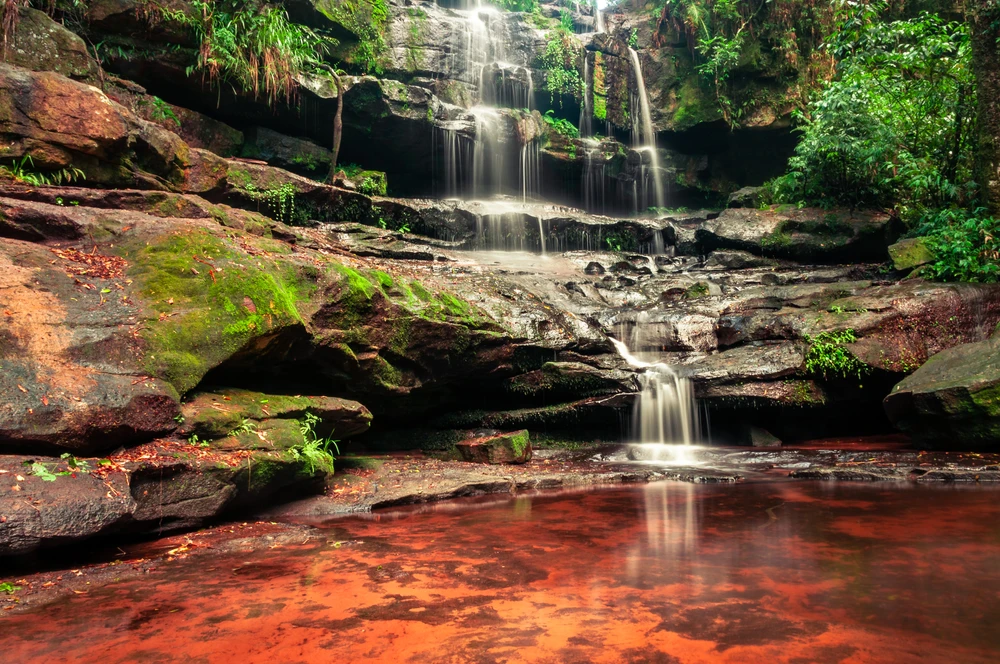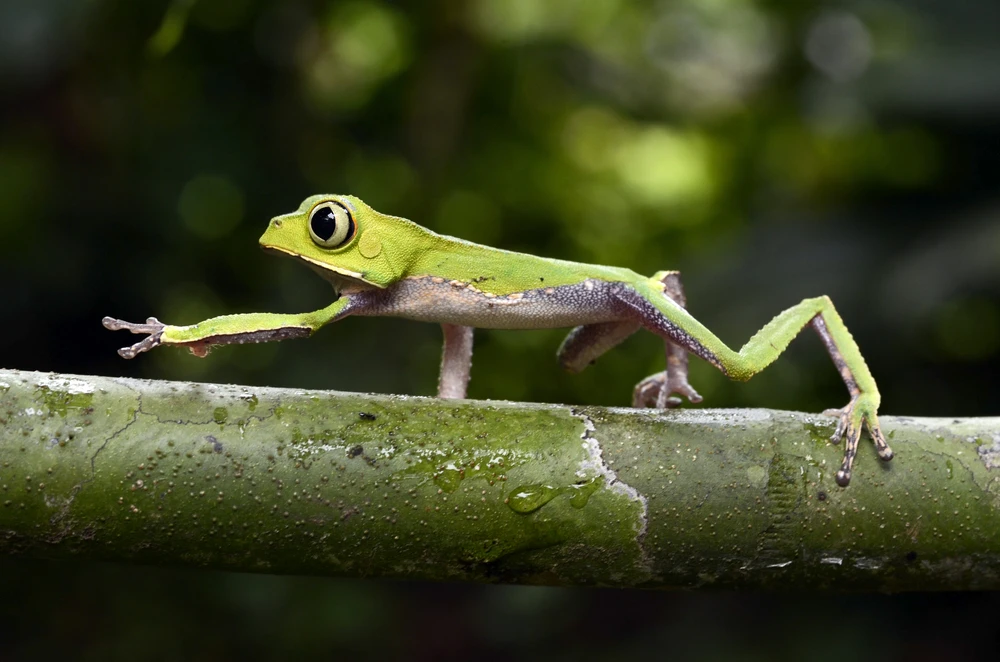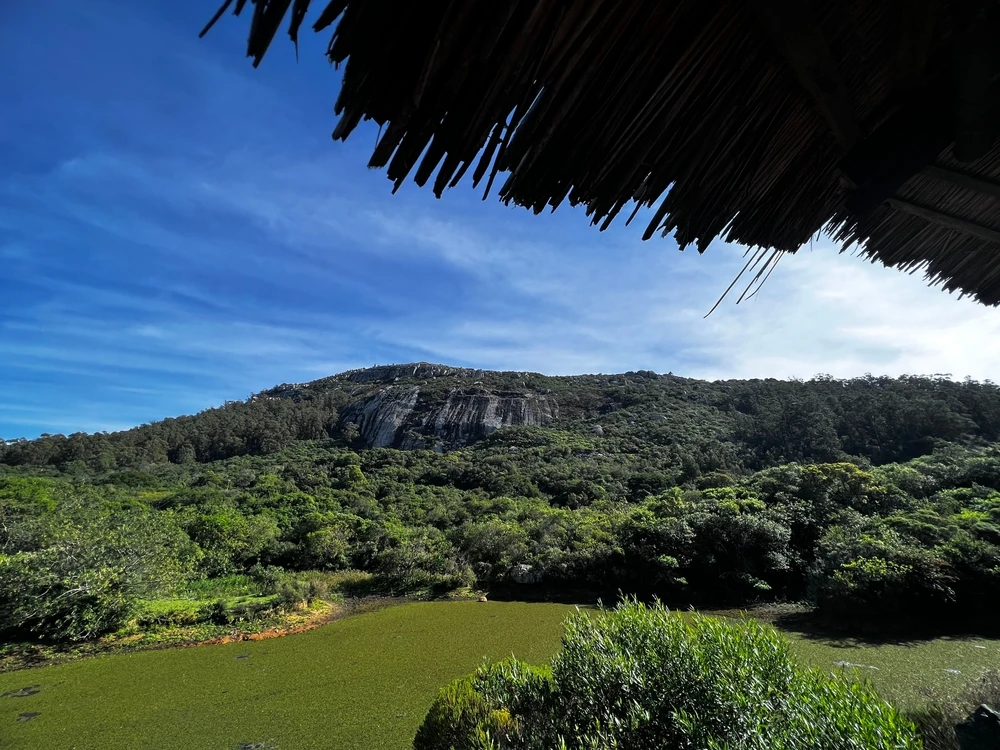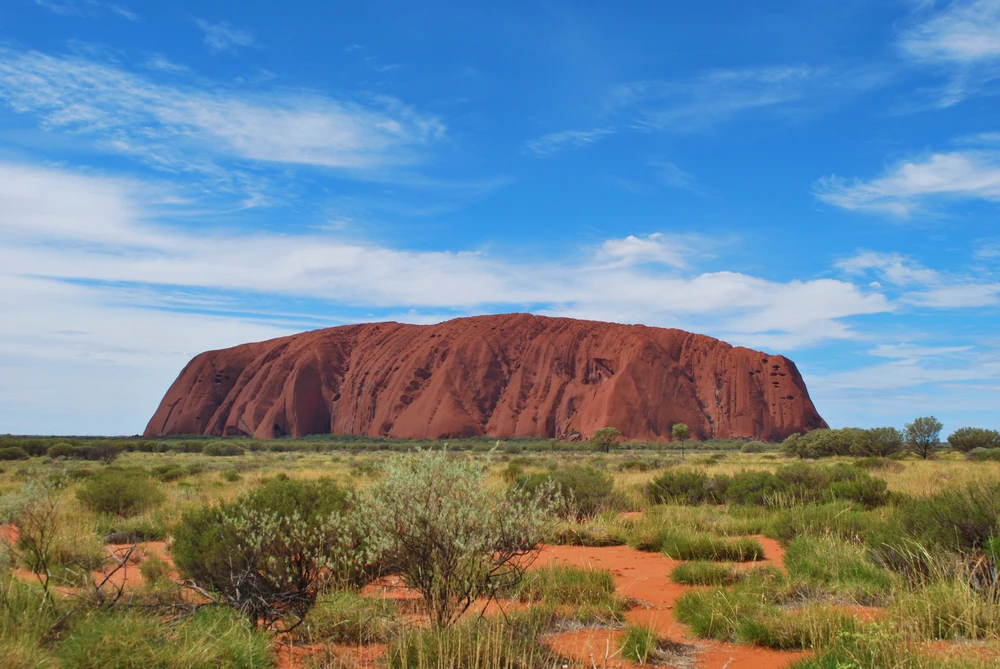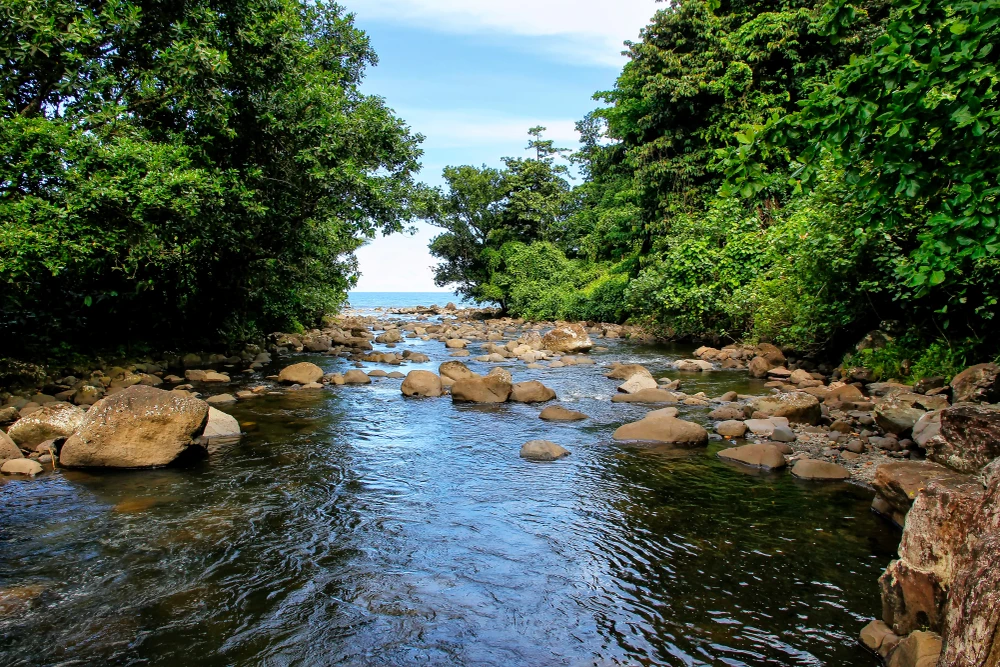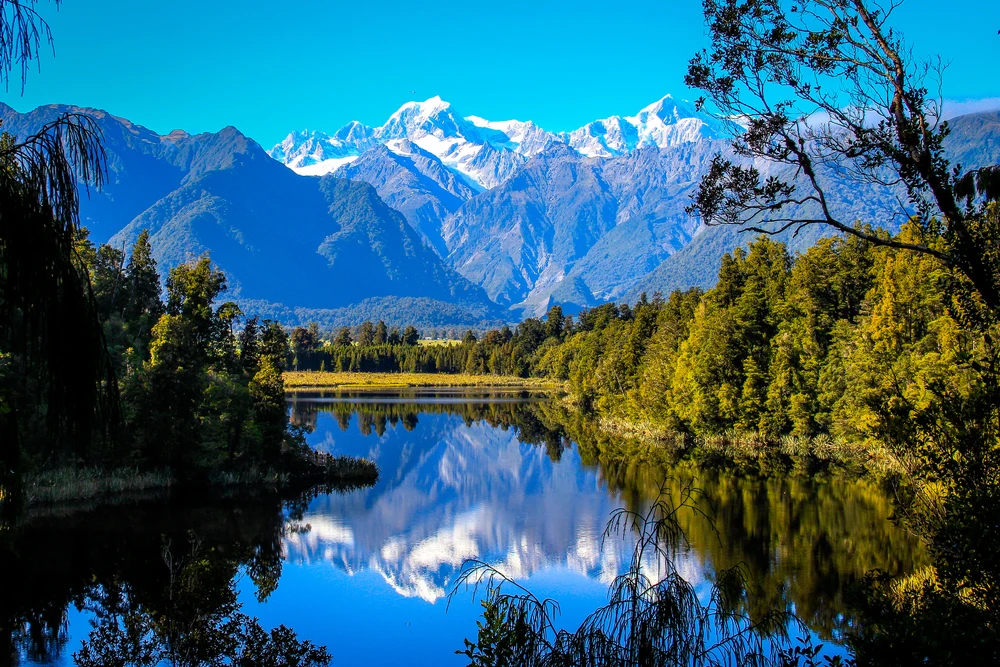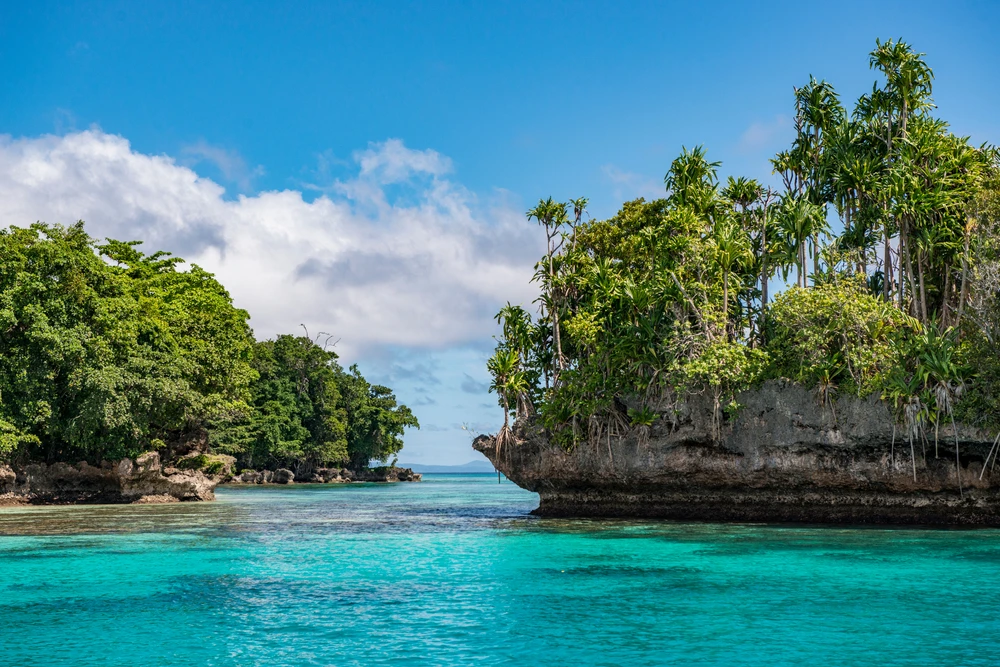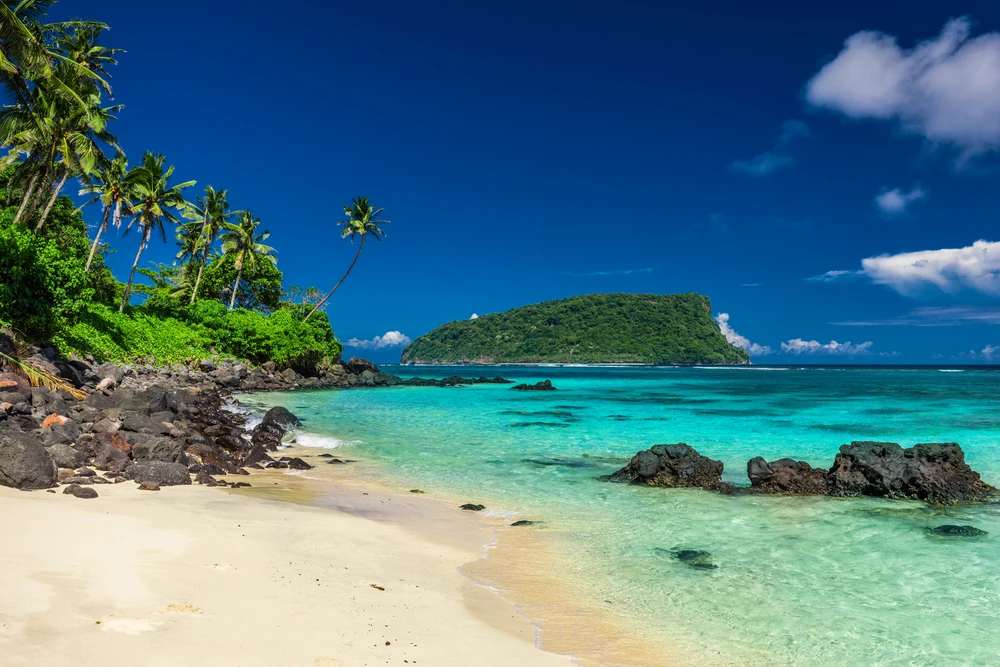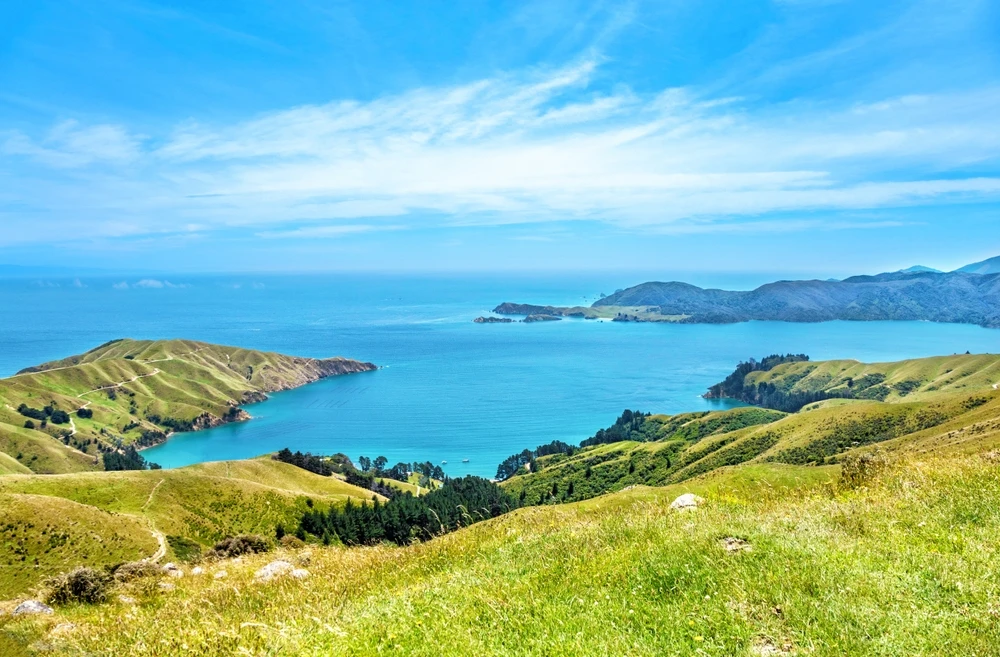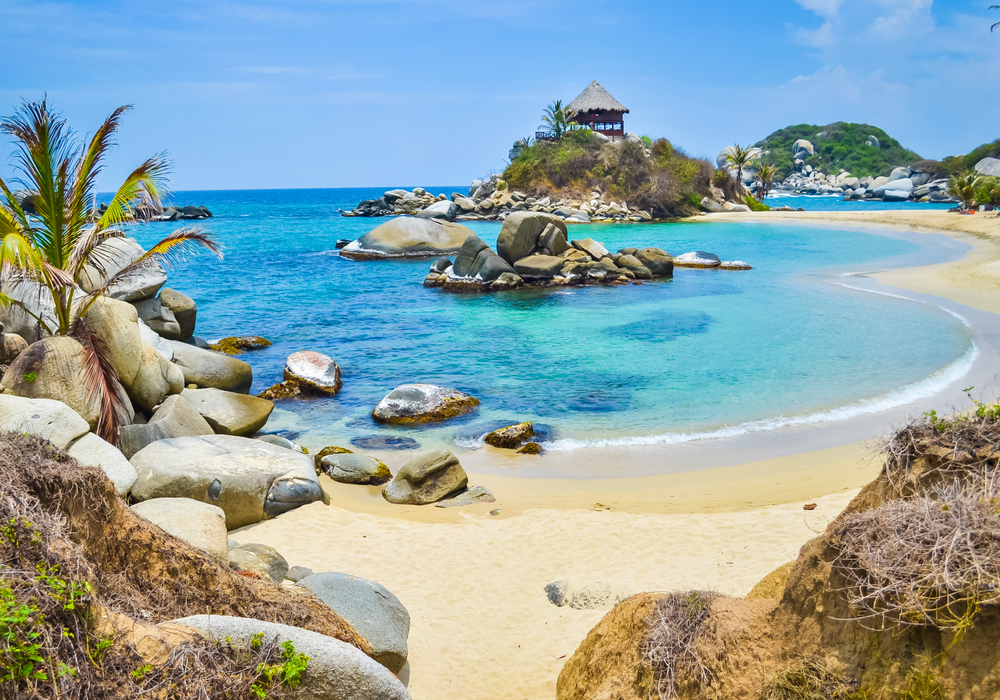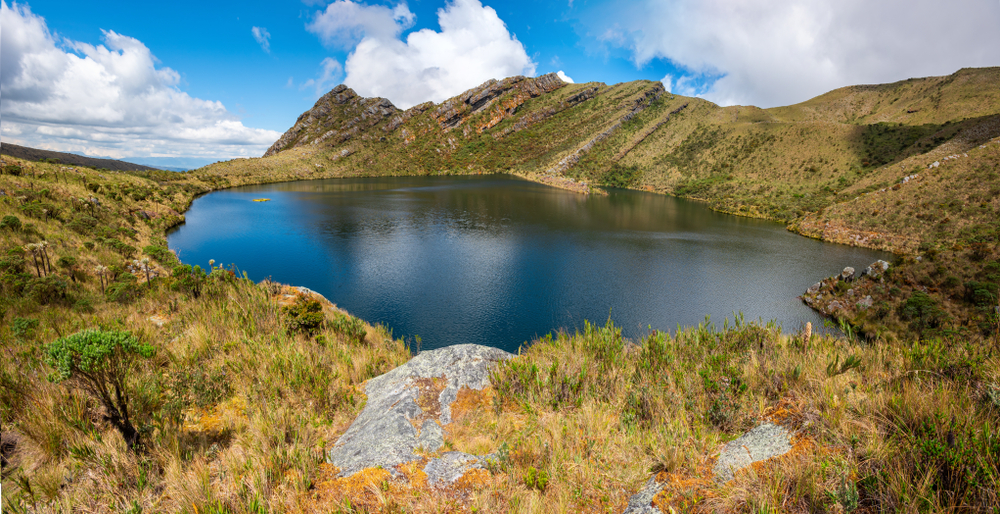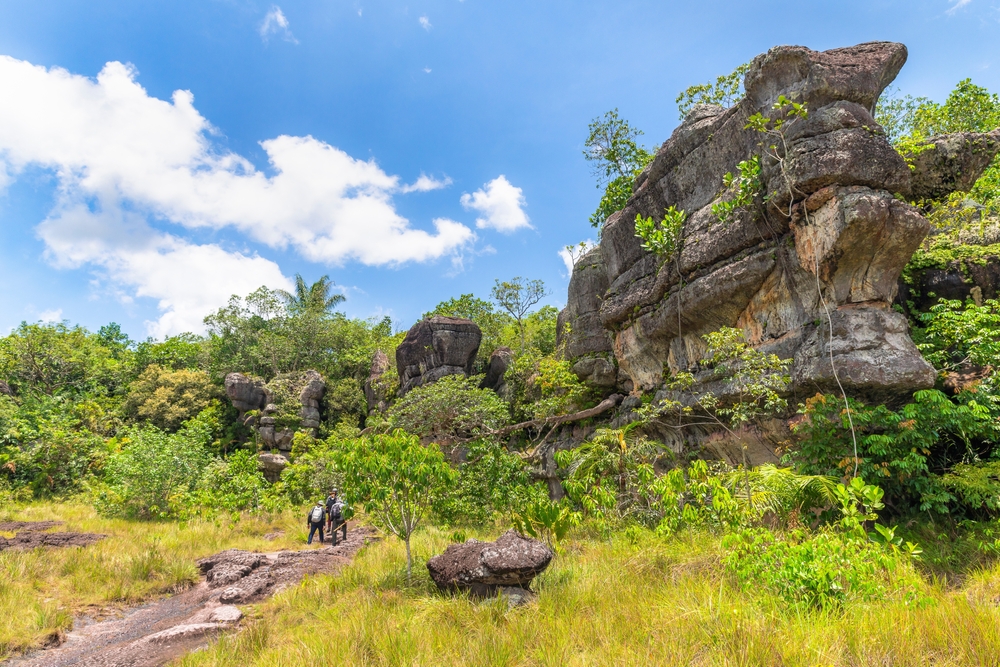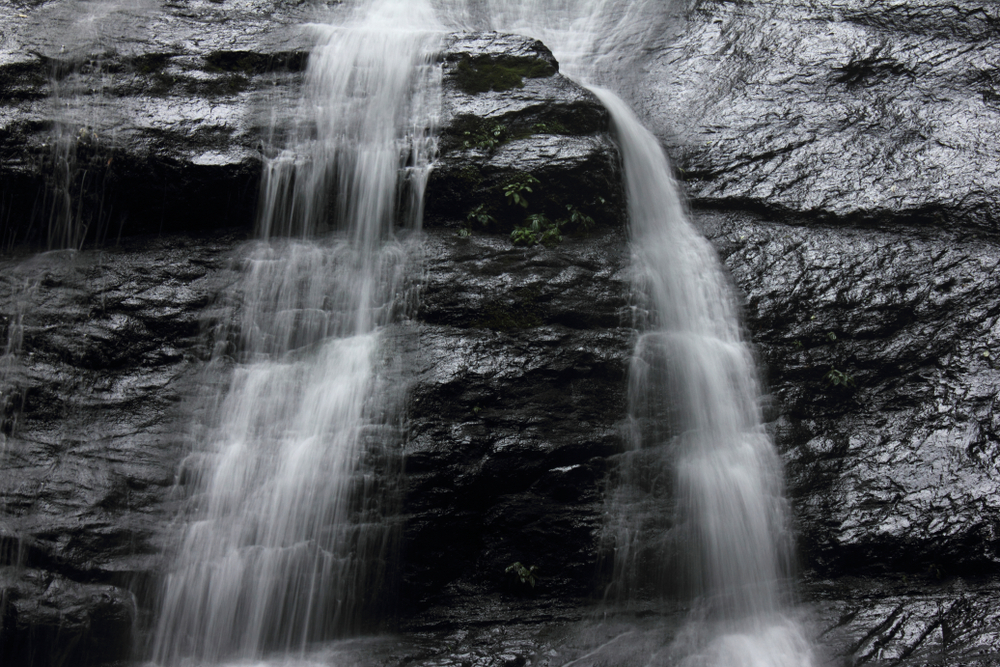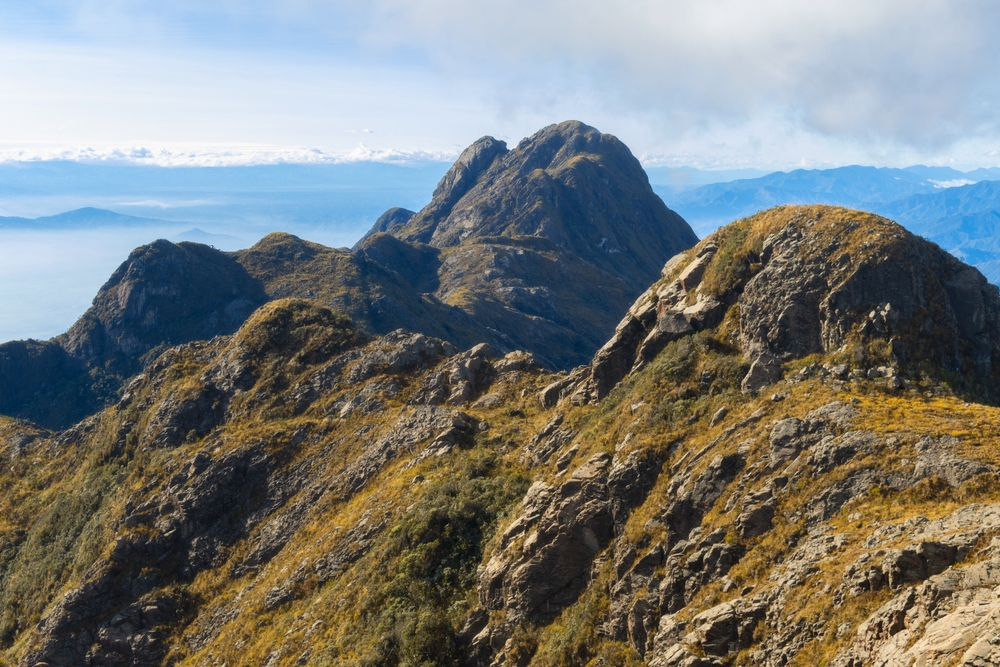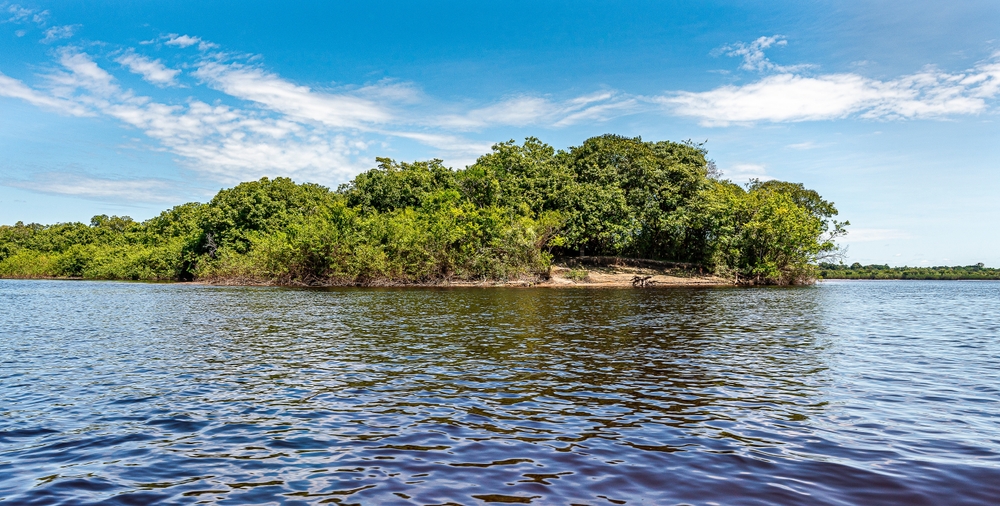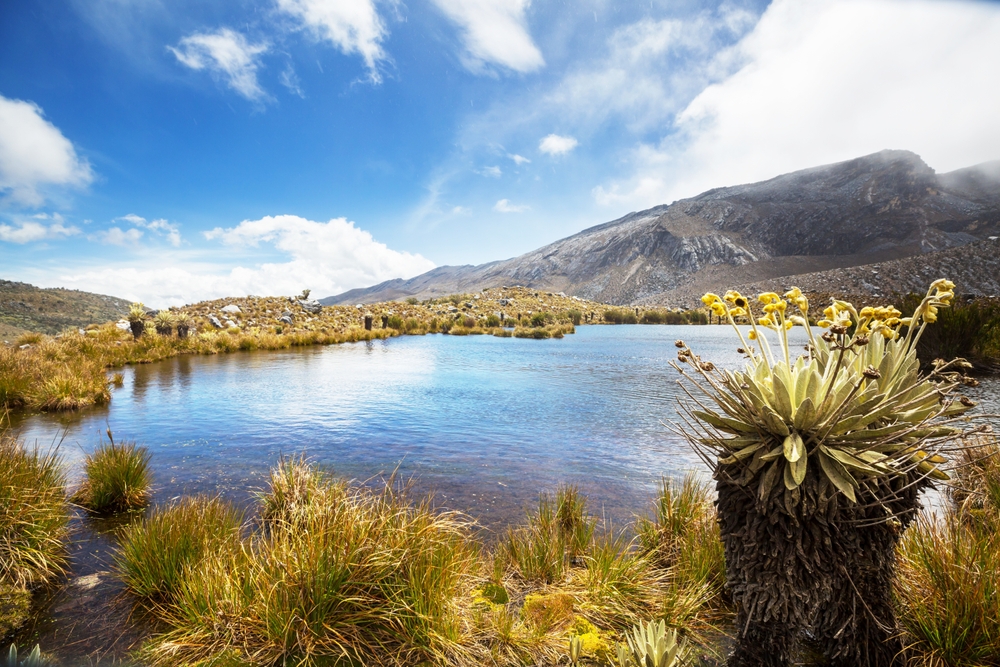Gorgona Overview
Gorgona National Park, known as Parque Nacional Natural Gorgona in Spanish, is a protected area off the Pacific coast of Colombia. Encompassing approximately 10.4 square miles (26.8 square kilometers), this national park includes both the main island of Gorgona and the smaller Gorgonilla Island.
Located about 35 kilometers from the mainland, it falls within the department of Cauca and is accessible only by boat. Once serving as a high-security prison until its closure in 1984, the island has since been transformed into a biodiversity hotspot, protecting a rich marine and terrestrial ecosystem.
The warm and humid climate supports lush tropical rainforests and an extensive coral reef system, making it a prime destination for ecological research and nature-based tourism.
The terrain of Gorgona National Park is defined by dense jungles, rugged hills, and striking coastal cliffs. The highest peak, Cerro La Trinidad, rises to an elevation of approximately 338 meters, offering visitors sweeping views of the island’s verdant canopy and surrounding ocean waters.
A network of small rivers and waterfalls, such as El Purgatorio, cut through the thick vegetation, providing water sources that sustain the park’s flora and fauna. The island’s forests are characterized by towering trees, including kapok and ceiba, draped in vines and mosses, creating a true jungle environment. Mangroves and beaches dot the coastline, providing a contrast between the inland forest and the surrounding Pacific waters.
Gorgona is renowned for its rich biodiversity, both on land and in its surrounding waters. Among the island’s most iconic mammals are the Colombian white-faced capuchin and the mantled howler monkey, which can be seen moving through the dense foliage.
Reptiles, such as the fer-de-lance viper, are also present, reminding visitors to exercise caution while exploring the trails. The birdlife in the park is extraordinary, with species like the brown pelican, magnificent frigatebird, and blue-footed booby frequently spotted along the coastline.
The marine environment is particularly impressive, as the park lies along the migration route of the humpback whale, which can be observed between June and October. The coral reefs and rocky seabed host a vast array of marine life, including sea turtles, hammerhead sharks, and schools of tropical fish.
One of the park’s most popular attractions is its pristine diving and snorkeling sites, which allow visitors to witness the thriving underwater ecosystem. The old prison ruins offer a glimpse into the island’s past, with weathered structures being overtaken by nature, adding an eerie yet fascinating element to the experience.
Guided hikes through the rainforest provide an opportunity to see the island’s wildlife up close, while boat excursions offer a chance to spot whales, dolphins, and seabirds. Beach areas such as Playa Palmeras provide serene spots for relaxation, though swimming is regulated due to strong currents and the presence of sharks.
Gorgona National Park faces several conservation challenges, primarily due to illegal fishing, climate change, and human disturbance. The protection of marine species, particularly sharks and sea turtles, remains a priority for park authorities.
Conservation efforts have led to the successful recovery of coral reef areas and increased awareness about the importance of marine biodiversity. Strict regulations on visitor access and fishing practices have been implemented to preserve the ecological balance of the park.
Ongoing research and collaborations with environmental organizations have strengthened conservation initiatives, ensuring that Gorgona remains a sanctuary for both terrestrial and marine wildlife.

